Pyrite
The Golden Glow of Fool’s Gold
Pyrite, often called "Fool’s Gold", is a captivating mineral known for its metallic luster and striking gold color. Despite its nickname, pyrite is far from worthless—it has been prized for centuries in jewelry, industry, and metaphysical practices.
In this in-depth guide, we’ll explore pyrite’s origins, formation, historical significance, market trends, styling tips, gemstone pairings, artistic color inspirations, and a fun discussion topic to fully appreciate this fascinating mineral.
Origin of Pyrite
Pyrite is one of the most abundant sulfide minerals on Earth, found in sedimentary, metamorphic, and igneous rocks. While common, high-quality pyrite specimens are sought after for jewelry and collectors.
Major Pyrite Deposits:
-
Spain (Navajún, La Rioja) – Produces world-famous cubic pyrite with near-perfect geometry.
-
Peru (Huanzala Mine) – A leading exporter of high-grade pyrite crystals, often with quartz.
-
United States (Illinois, Colorado, Pennsylvania) – Found in coal mines and sedimentary rocks.
-
China – A major supplier of commercial pyrite used for sulfuric acid production.
-
Italy (Elba Island) – Historical pyrite mining region, famous in European mineral collections.
Pyrite can also be found in volcanic areas, deep-sea vents, and fossilized deposits, making it a geologically significant mineral.
Formation Process of Pyrite
Pyrite (FeS₂) is an iron sulfide mineral that forms in oxygen-deficient environments.
Formation Process:
-
Sedimentary Formation – Pyrite crystallizes in marine sediment layers, often replacing organic matter.
-
Hydrothermal Veins – Forms in hot, mineral-rich waters near volcanic activity.
-
Metamorphic Processes – Pyrite can develop in high-pressure conditions during rock transformation.
-
Fossilization – Pyrite sometimes replaces bones, shells, or plants, creating fossilized pyrite specimens.
Fun Fact: Pyrite forms in perfect cubic structures due to its crystal symmetry, a rare trait in nature.
Cultural Significance and Meaning of Pyrite
Pyrite has held symbolic value for centuries, from ancient civilizations to modern metaphysical practices.
Historical & Cultural Uses:
-
Ancient Greece & Rome – Used for amulets and weapons, believed to hold fire energy.
-
Native American Tribes – Polished pyrite mirrors used for spiritual visions.
-
Victorian Era Jewelry – Pyrite was a popular diamond alternative in mourning jewelry.
Metaphysical & Healing Beliefs:
-
Protection & Strength – Shields against negative energy and boosts confidence.
-
Manifestation & Prosperity – Associated with wealth and success in feng shui.
-
Solar Plexus Chakra Activation – Thought to enhance personal power and determination.
Pyrite’s gold-like appearance has long been linked to abundance and vitality, making it a favorite in energy work and crystal healing.
Market Value and Rarity
While pyrite is common in nature, high-quality pyrite crystals are valuable in both collector and jewelry markets.
Pyrite Price Ranges (2024 Data):
-
Raw Pyrite Specimens – $5 – $50 per piece (size & shape affect value).
-
Collector’s Cubic Pyrite (Spain) – $100 – $500 per specimen.
-
Pyrite Jewelry (Polished & Faceted) – $20 – $200, depending on craftsmanship.
-
Pyrite with Quartz Combinations – $50 – $300 per high-quality cluster.
Prices depend on clarity, size, geometric perfection, and additional mineral inclusions.
Pyrite Properties
External
Wealth & Abundance
Wealth Attraction
Luck & Opportunity
Career & Success
Leadership & Power
Relationships & Communication
Communication Skills
Inner
Resolution
Virgo
Initiation
Zodiac

Element


Chakras

Planet

Mohs Hardness
6 - 6.5
Click to copy the Pyrite properties
Jewelry Uses and Fashion Tips
Pyrite’s bold metallic sheen makes it a stunning and unconventional gemstone in jewelry.
Best Jewelry Styles:
-
Statement Rings – Raw or polished pyrite rings add a touch of vintage luxury.
-
Pendant Necklaces – Pyrite’s golden glow pairs well with long chains for a bohemian look.
-
Beaded Bracelets – A grounding, bold accessory for both men and women.
-
Cufflinks & Men’s Jewelry – A stylish, masculine alternative to traditional gold.
Fashion Styling Tips:
-
Edgy & Modern – Wear pyrite with black, leather, and structured outfits for contrast.
-
Earthy Bohemian – Pairs beautifully with linen, warm neutrals, and layered jewelry.
-
Luxury Look for Less – Pyrite offers a golden aesthetic without the high price of actual gold.
Pairing Pyrite with Other Gemstones or Materials
Complementary Gemstones:
| Gemstone | Why It Pairs Well with Pyrite |
|---|---|
| Onyx | Enhances pyrite’s bold, grounding energy. |
| Citrine | A perfect match for wealth and prosperity symbolism. |
| Hematite | Strengthens pyrite’s protective properties. |
| Lapis Lazuli | A striking contrast of blue and gold. |




Best Metal & Material Pairings:
-
Gold – Enhance pyrite’s natural golden tone.
-
Silver – Create a modern, cool contrast.


Pyrite’s versatility makes it suitable for a wide range of styles, from casual to high fashion.
Crystal Color Palettes for Artistic and Fashion Inspiration
Pyrite’s golden shimmer inspires elegant and rich color palettes. Here are five colors to pair with it:

- #D4AF37 Metallic Gold – A direct reflection of pyrite’s radiant luster.
- #4A4A4A Deep Charcoal – Provides a strong, modern contrast.
- #8C7853 Rustic Bronze – Complements pyrite’s warm metallic hues.
- #26619C Lapis Blue – A regal combination for jewelry and design.
- #232323 Matte Black – Enhances pyrite’s dramatic appeal in fashion.
These color combinations are perfect for interior design, fashion styling, and jewelry aesthetics.
Pyrite was once mistaken for real gold, leading to countless historical stories of deception and excitement. However, today, pyrite’s unique properties make it a valued mineral in its own right. If you could create a custom piece of jewelry using pyrite, what design would you choose? A bold ring, a mystical pendant, or something else?
Let’s hear your creative ideas in the comments!


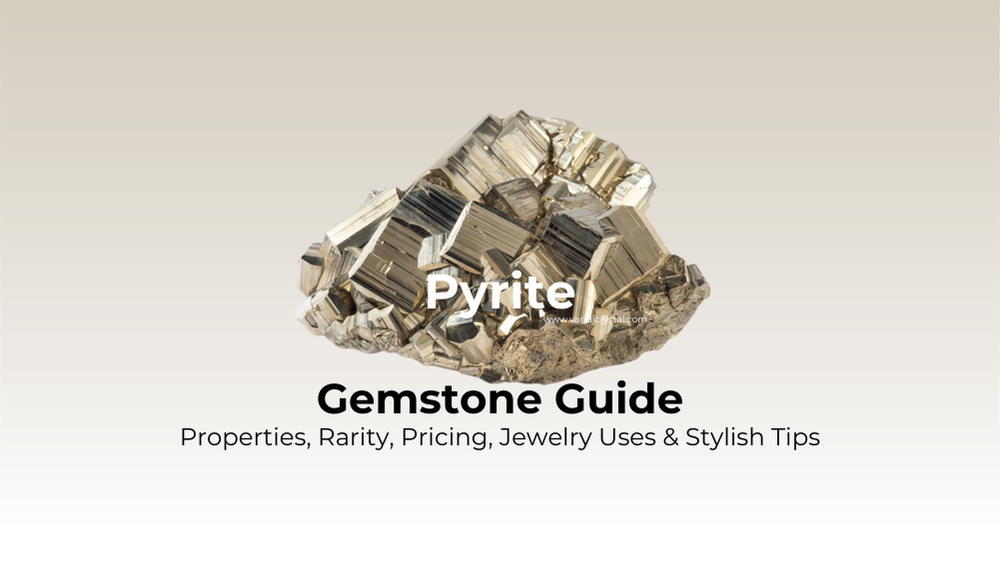
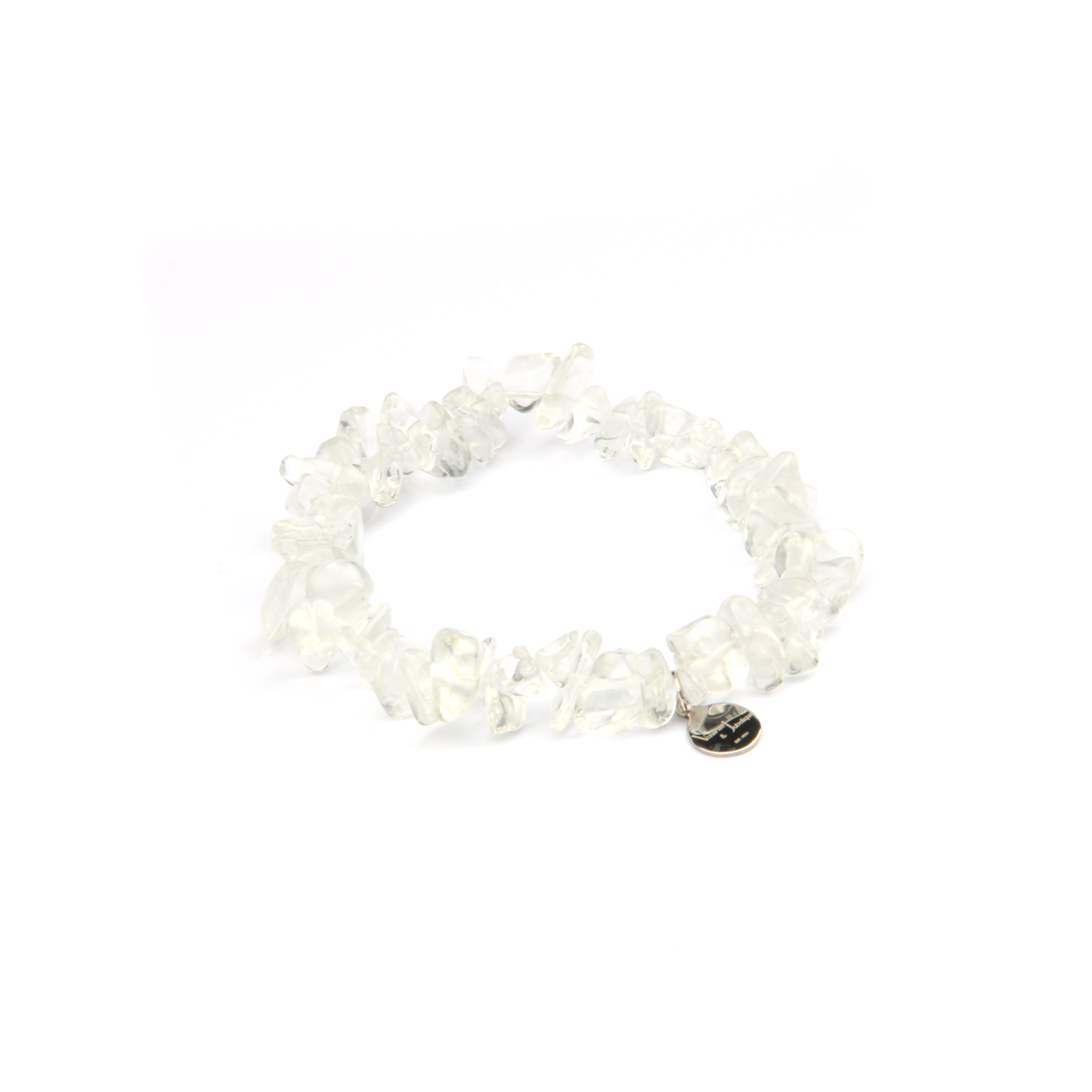
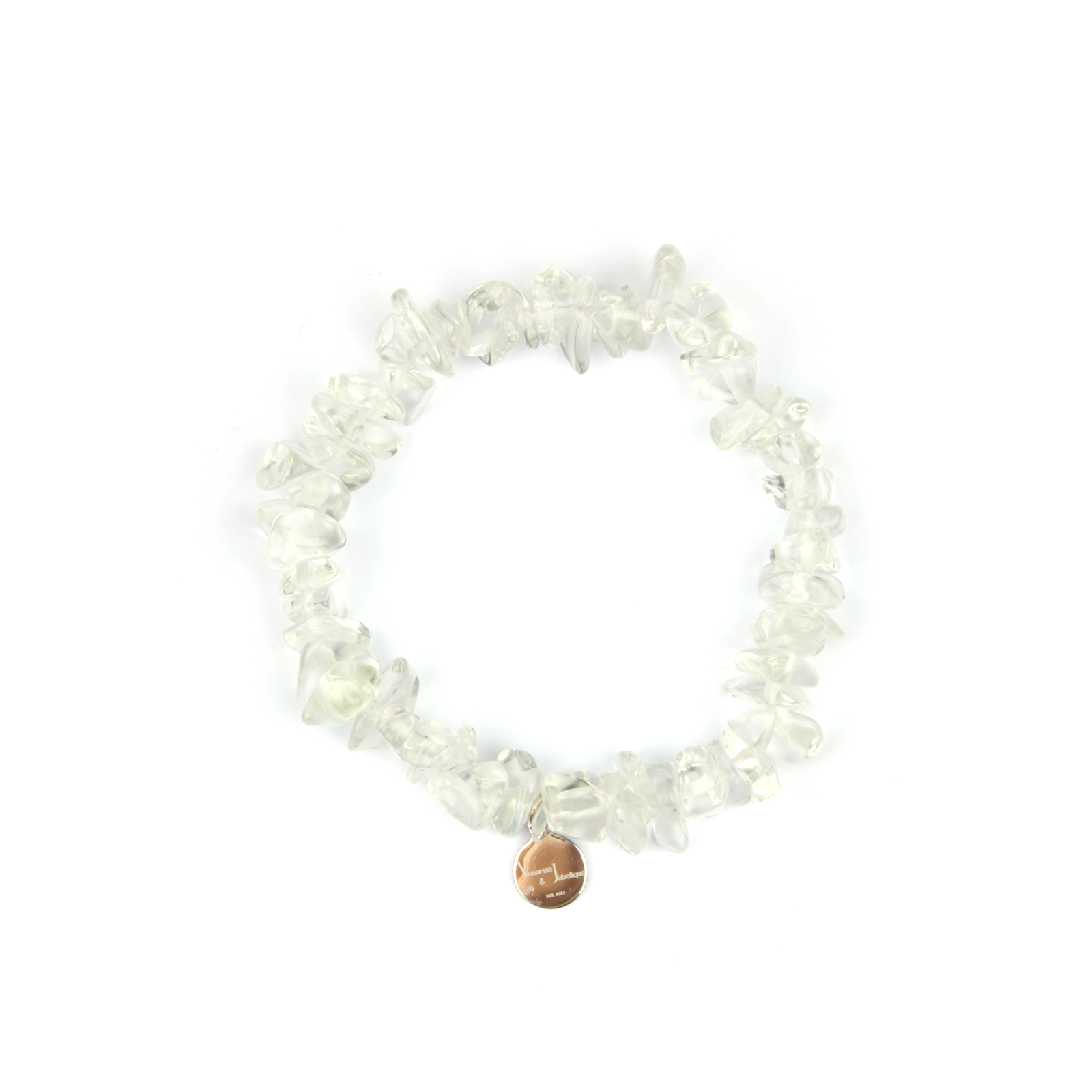
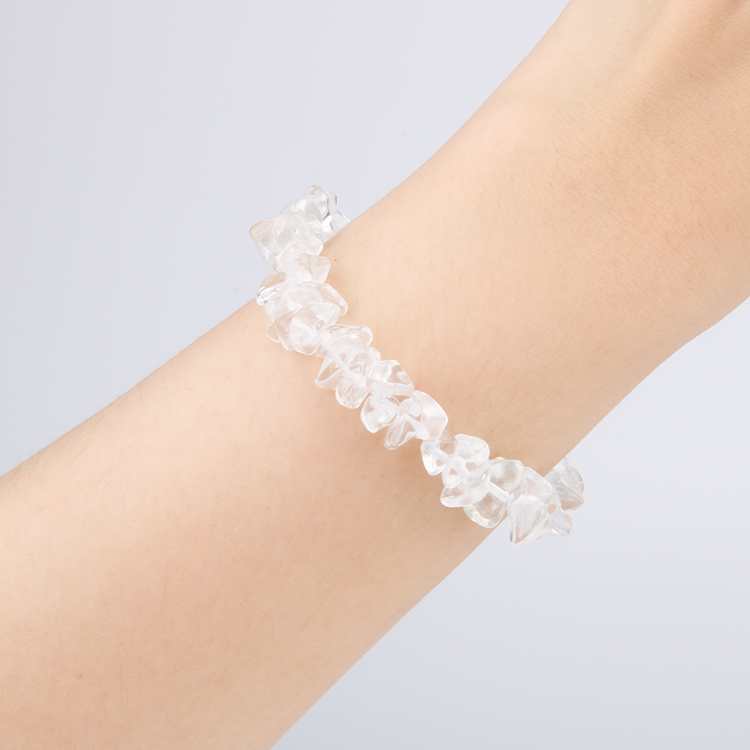
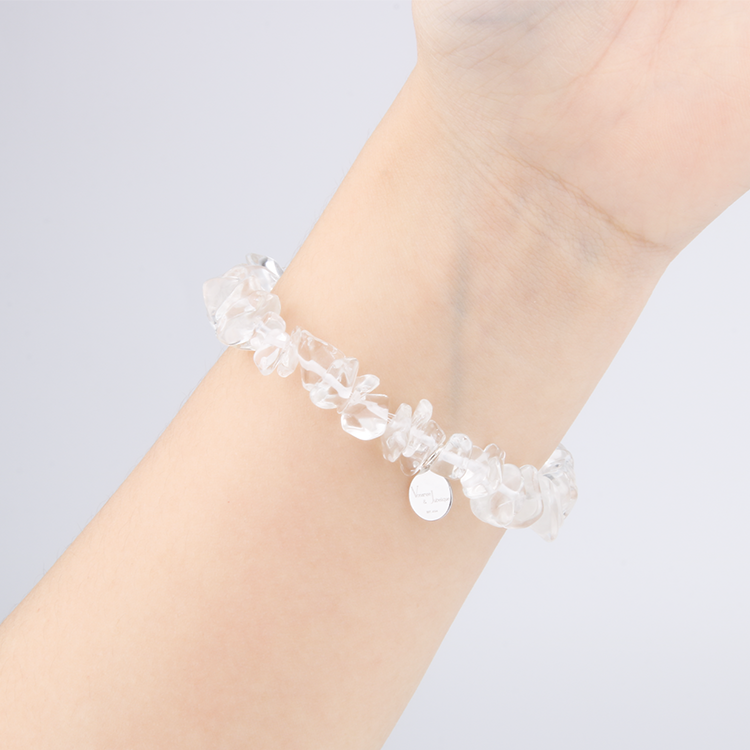
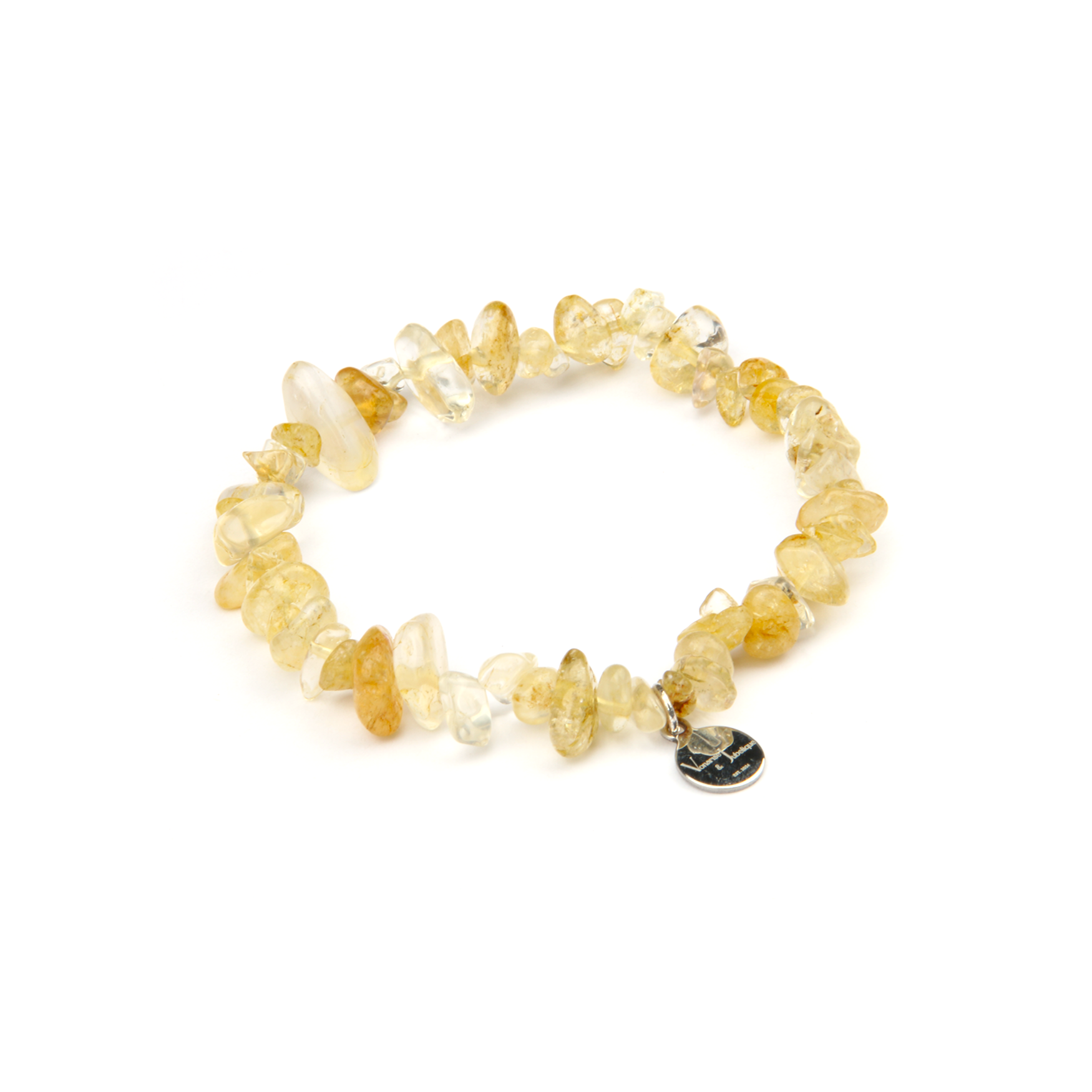
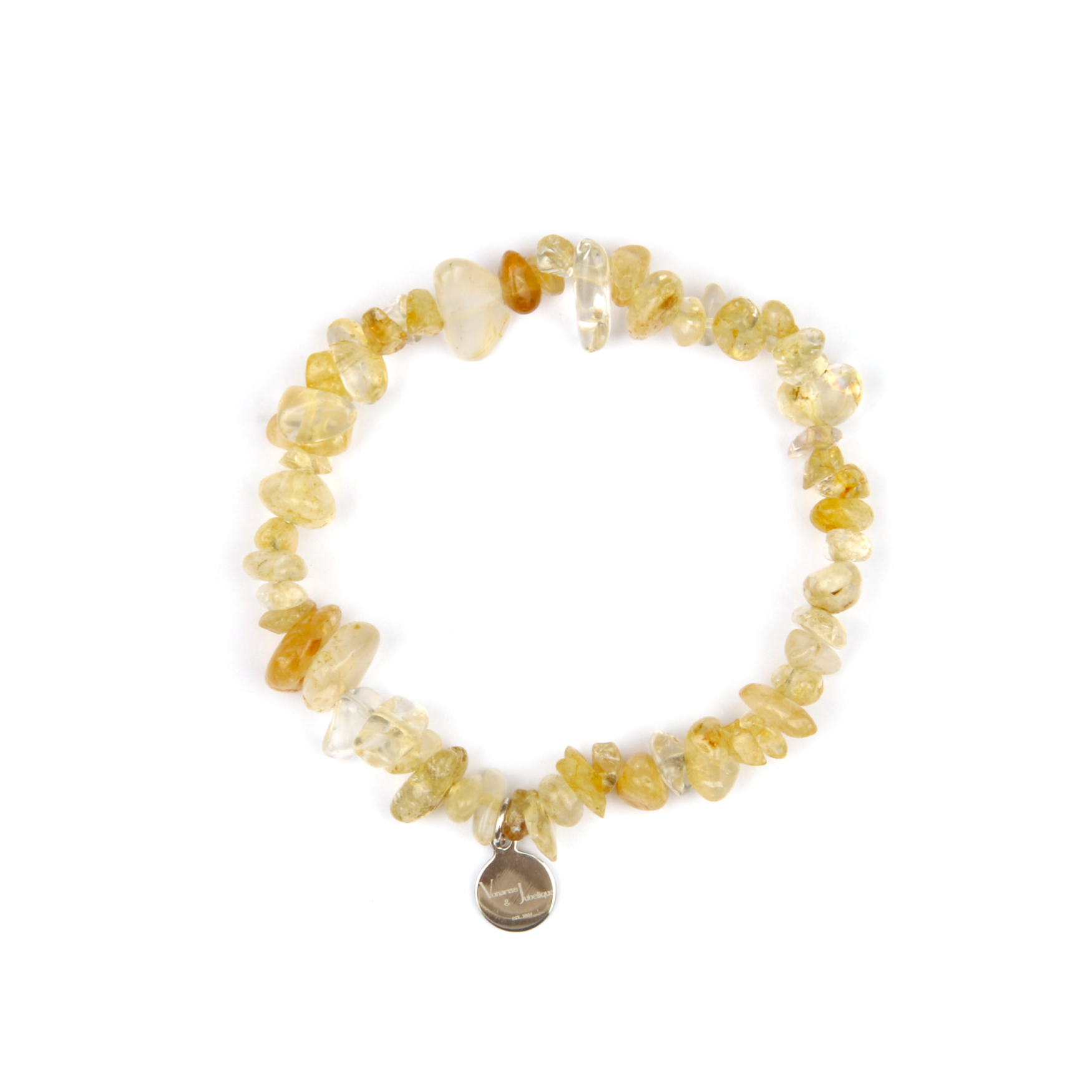
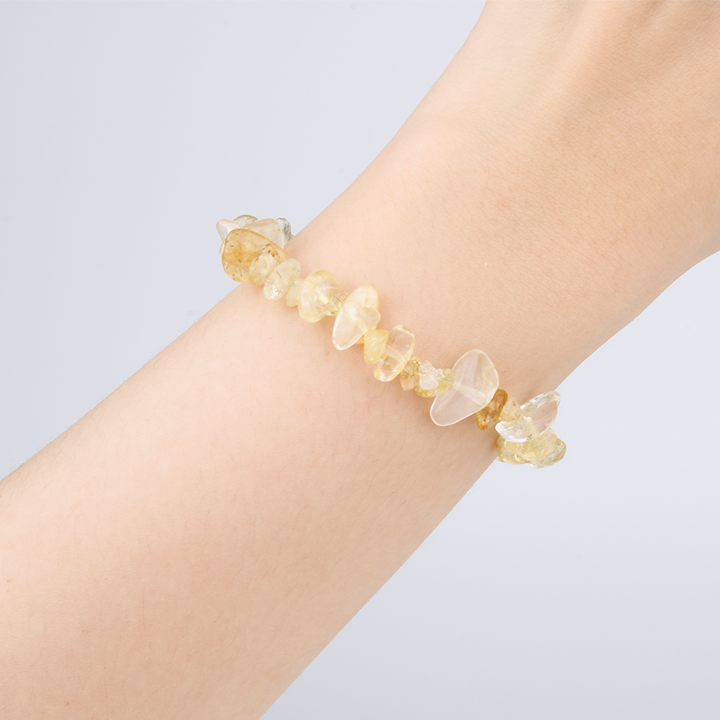
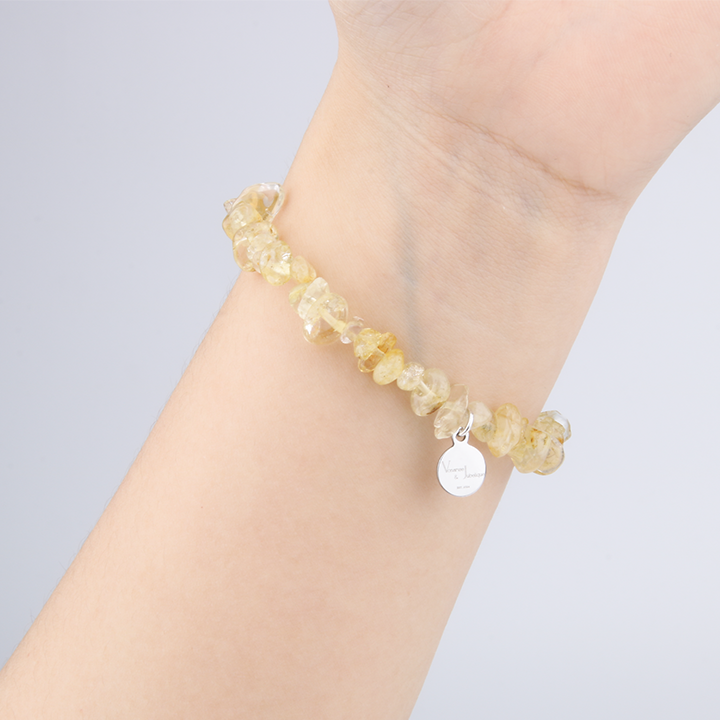
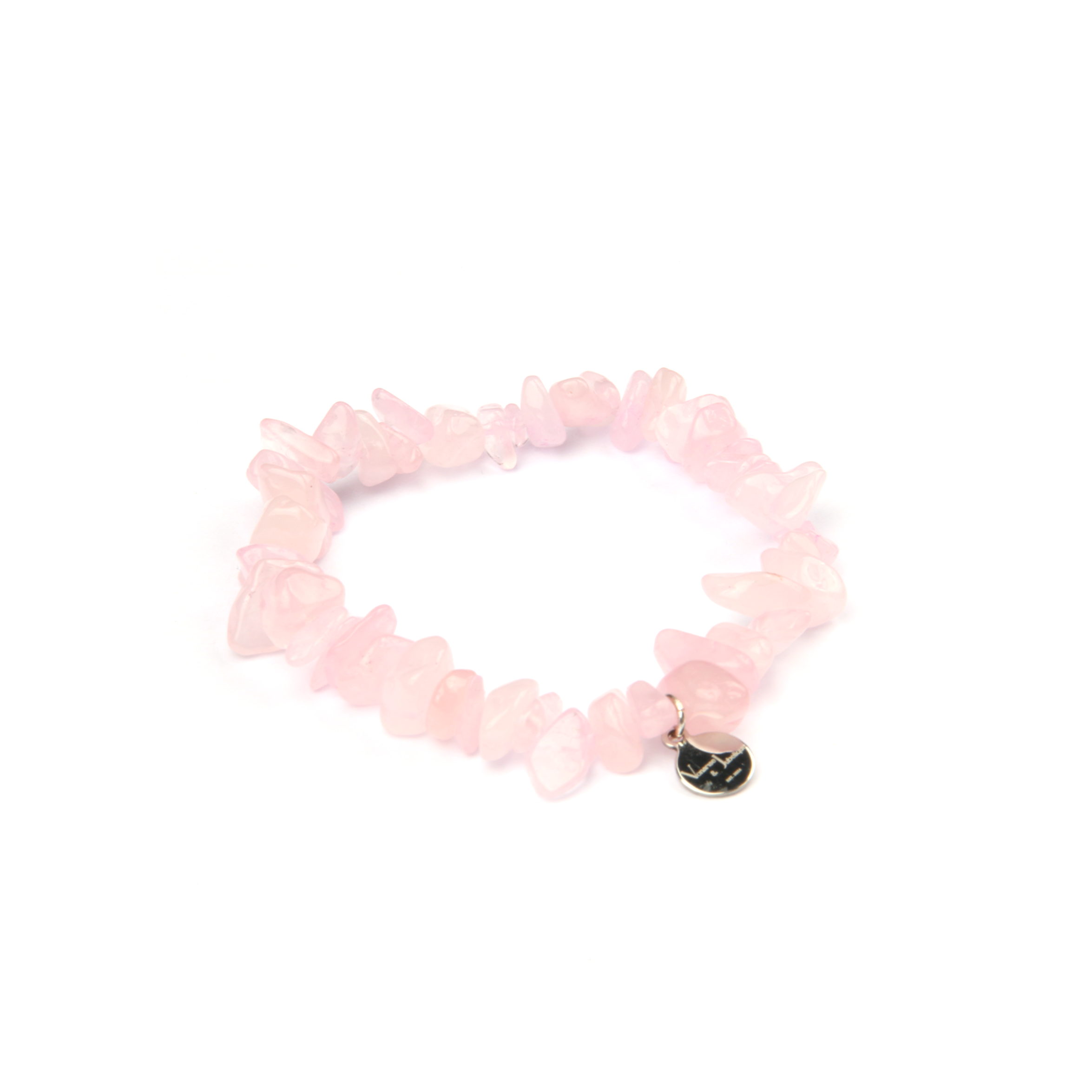
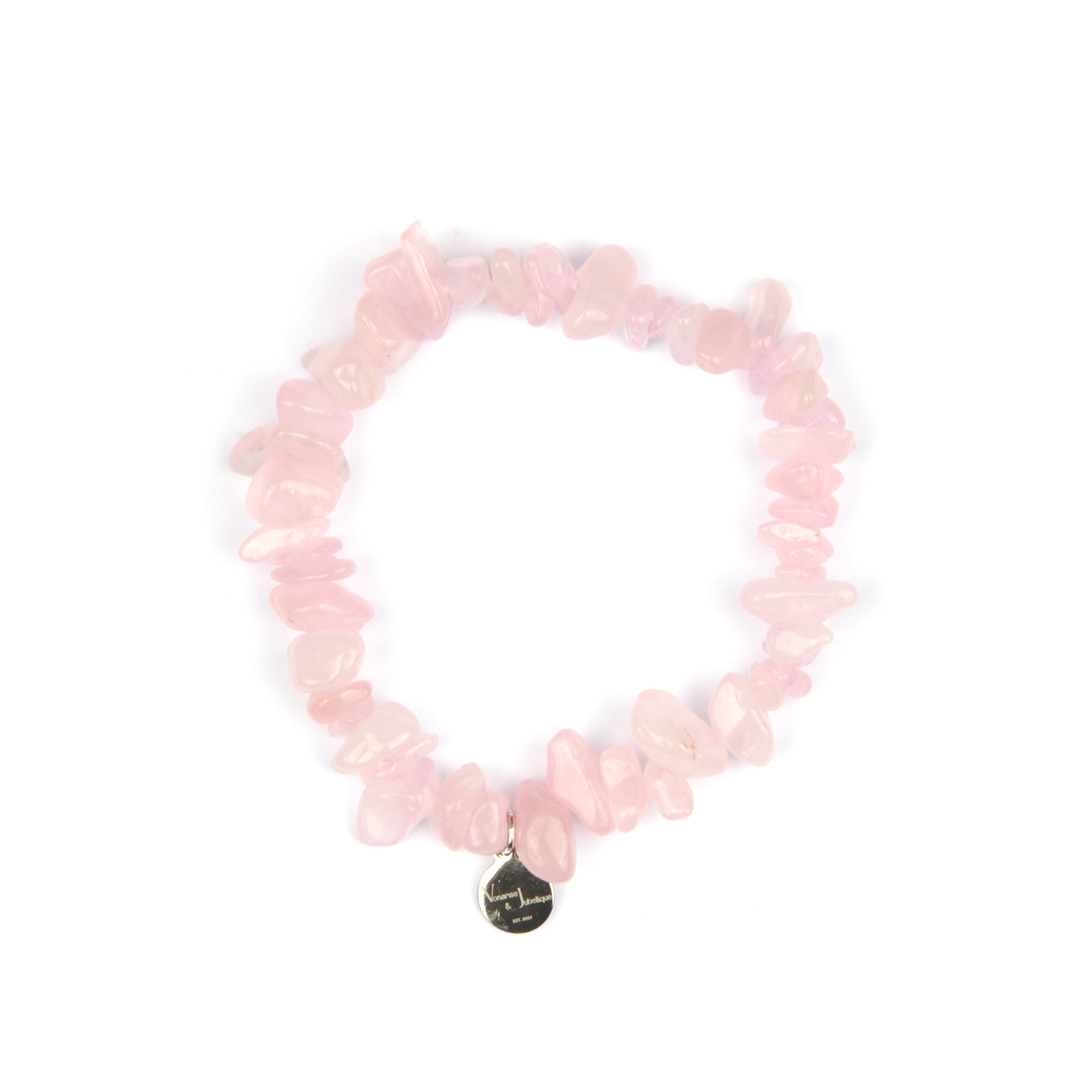
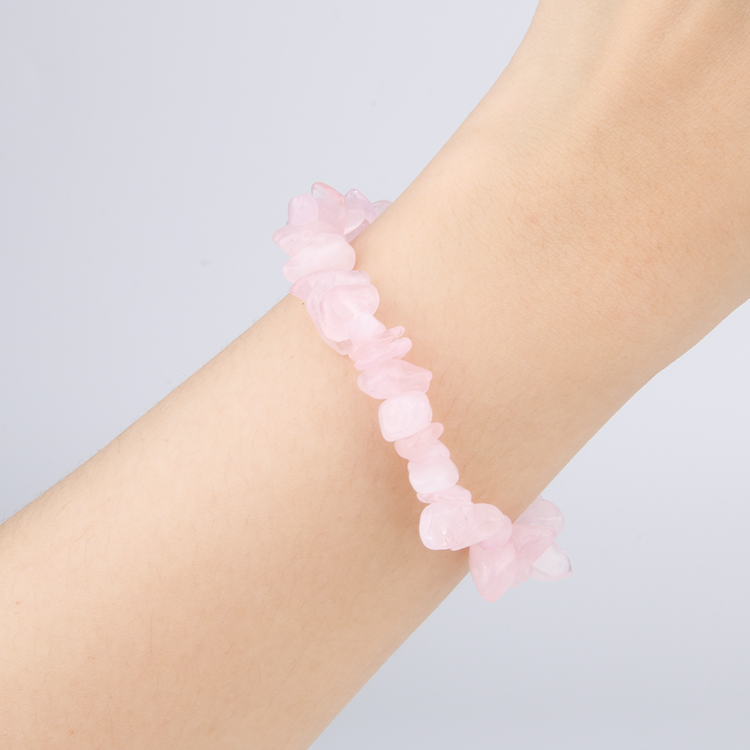
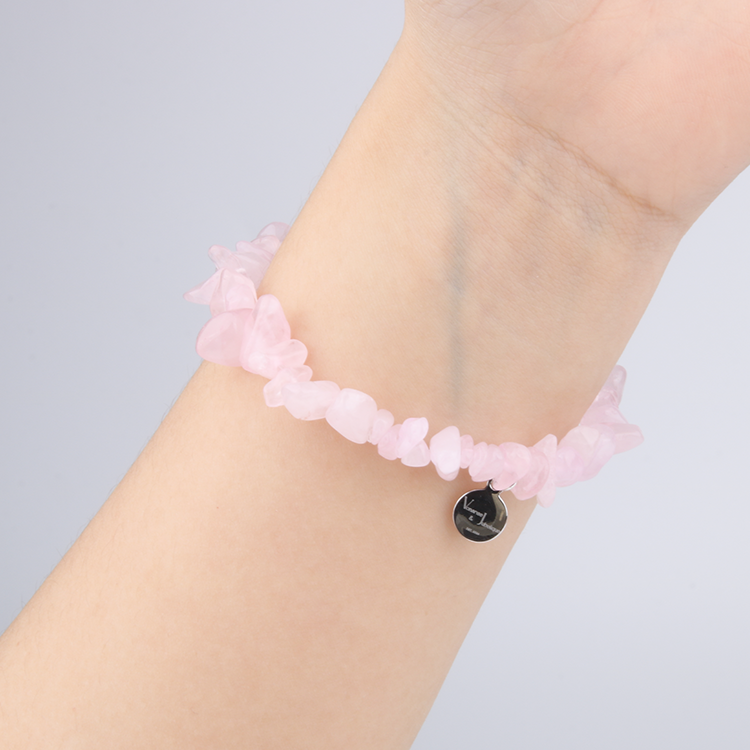
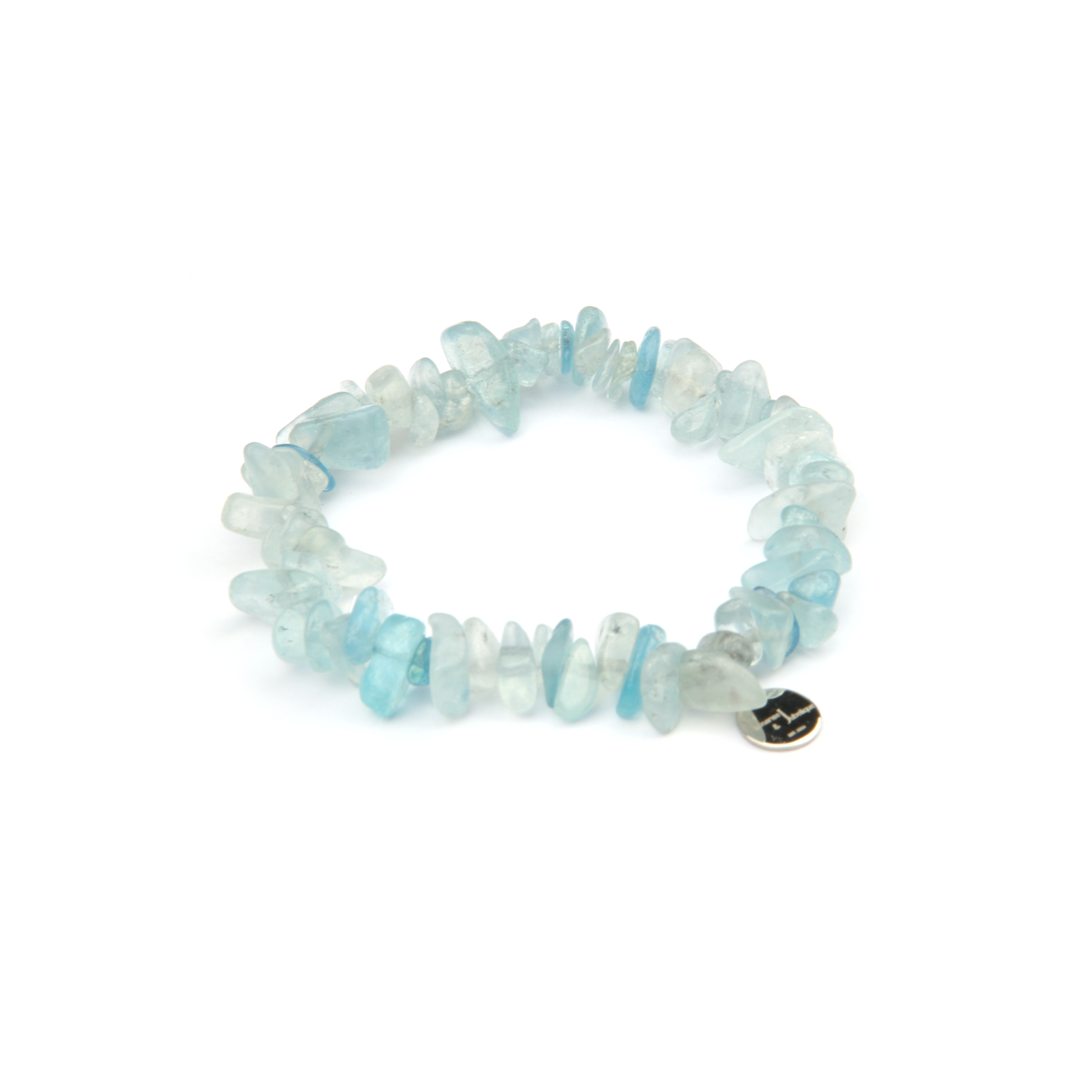
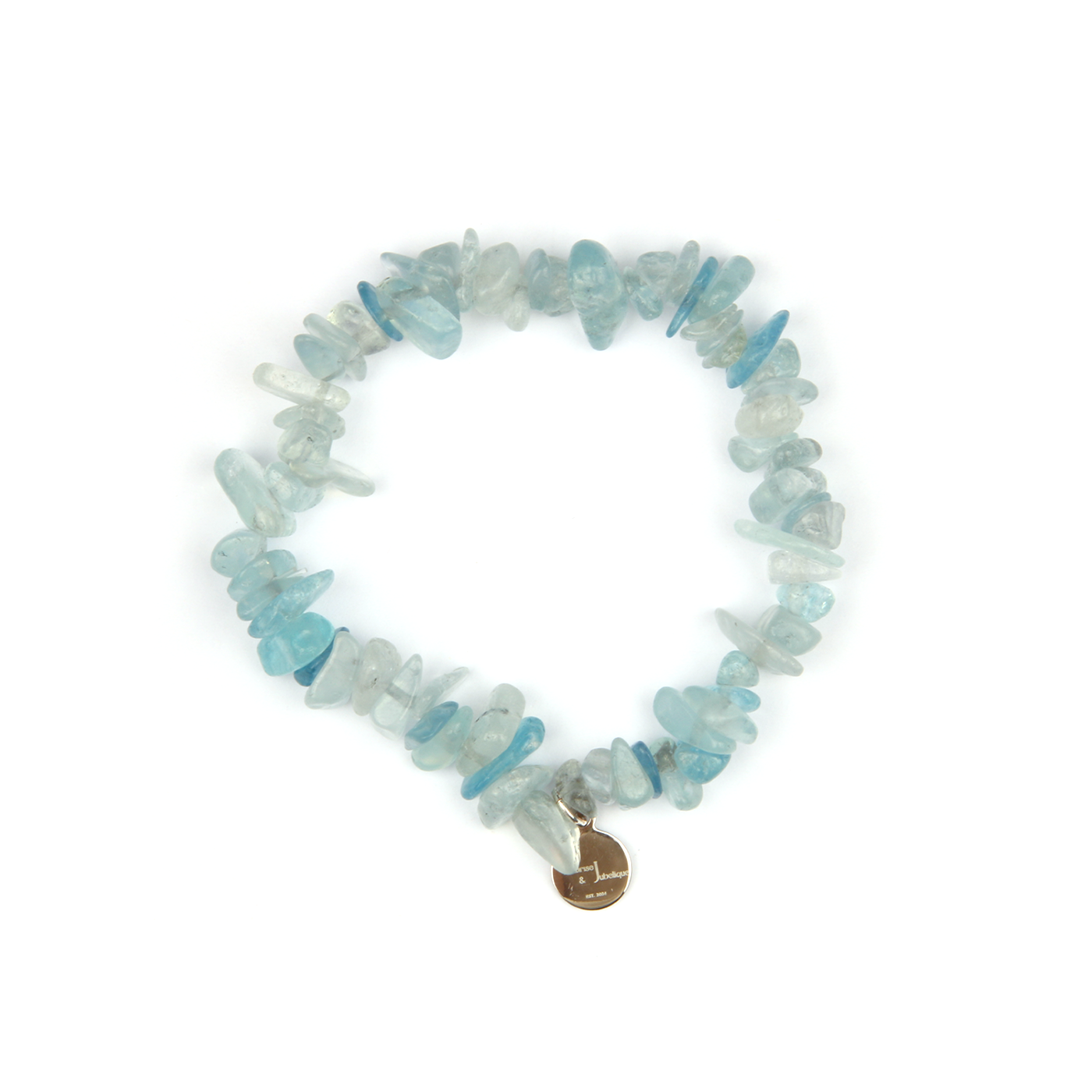
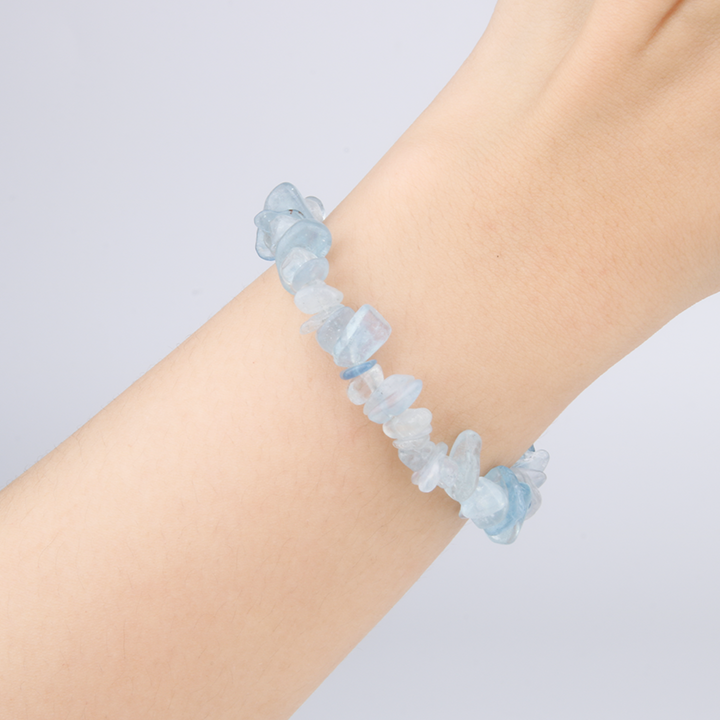

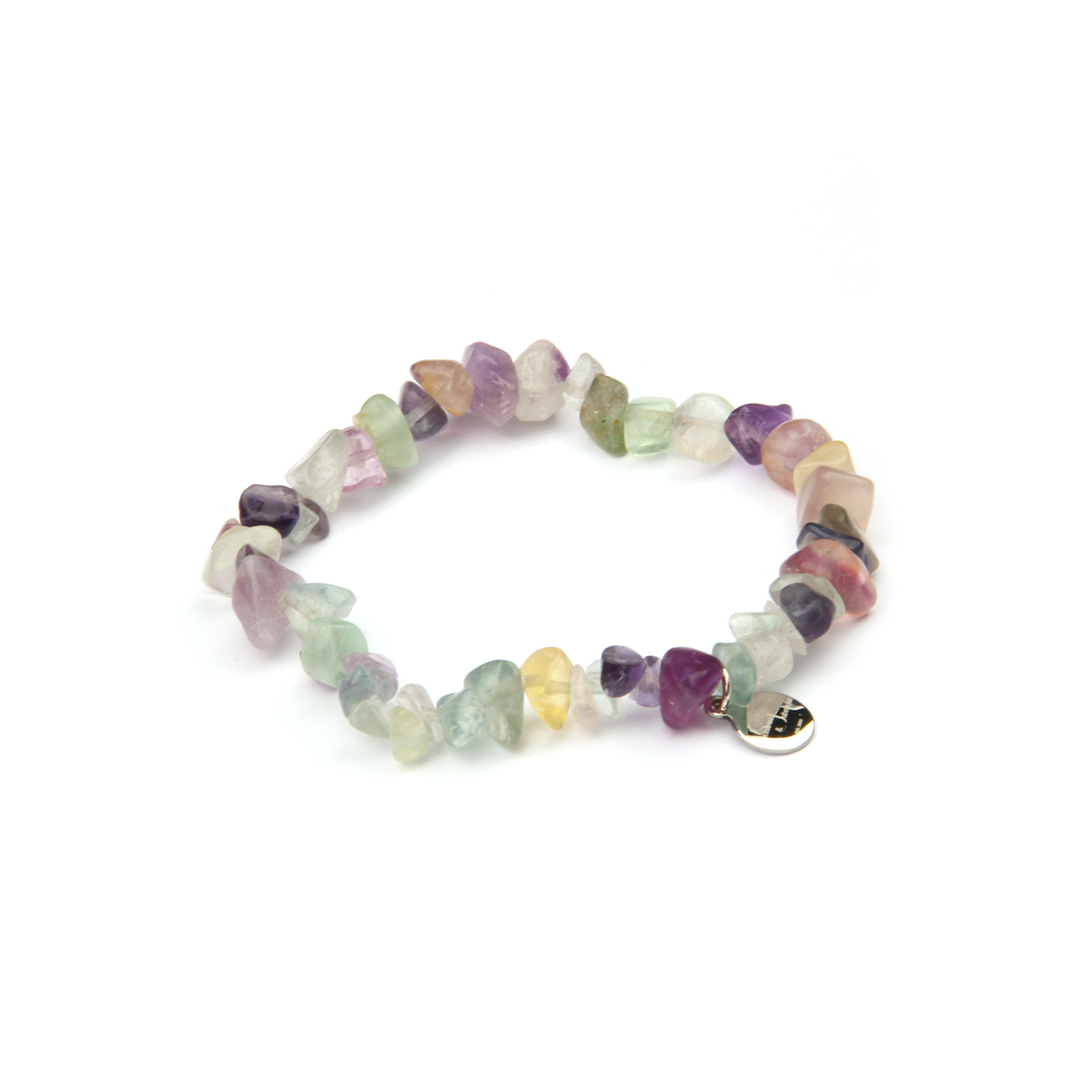
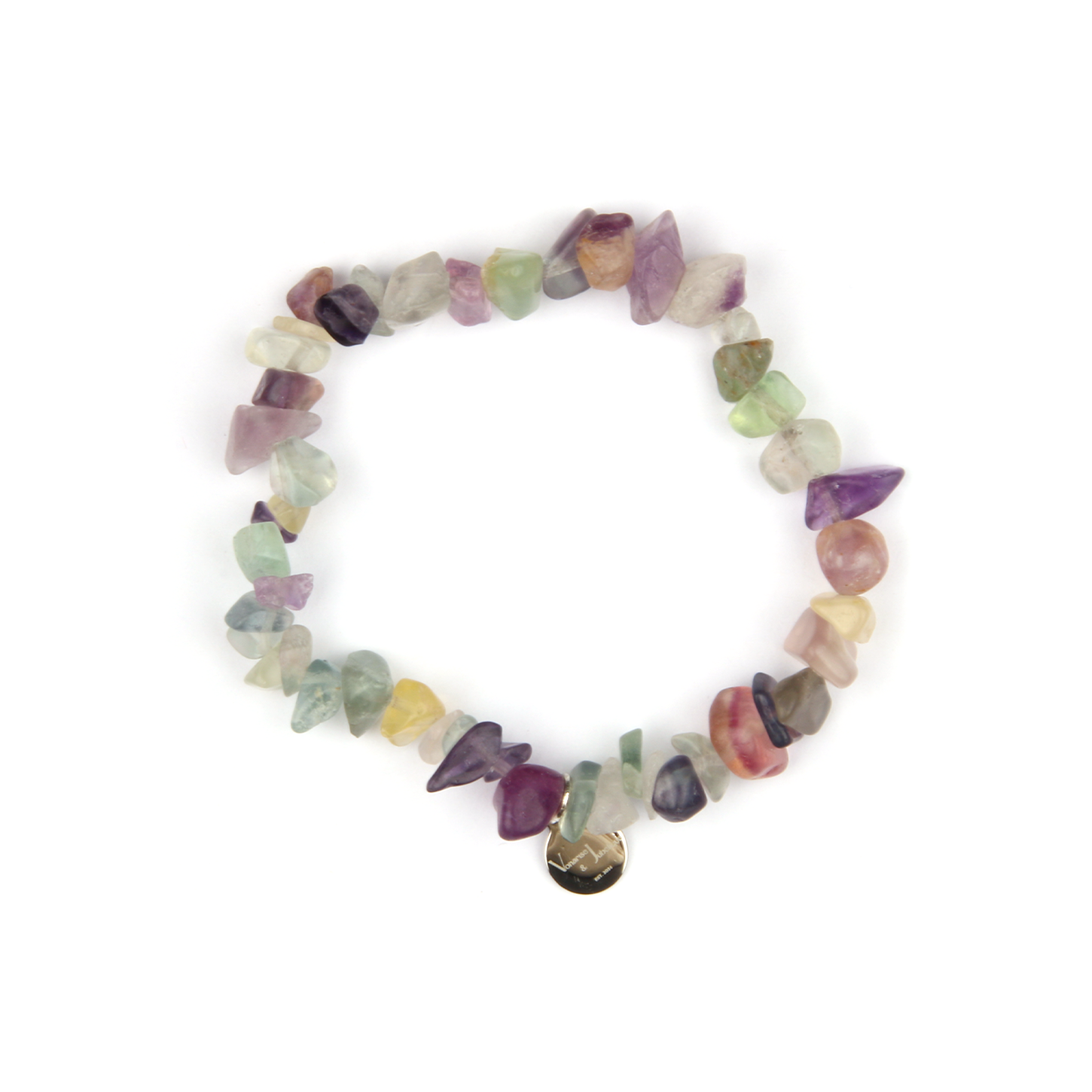
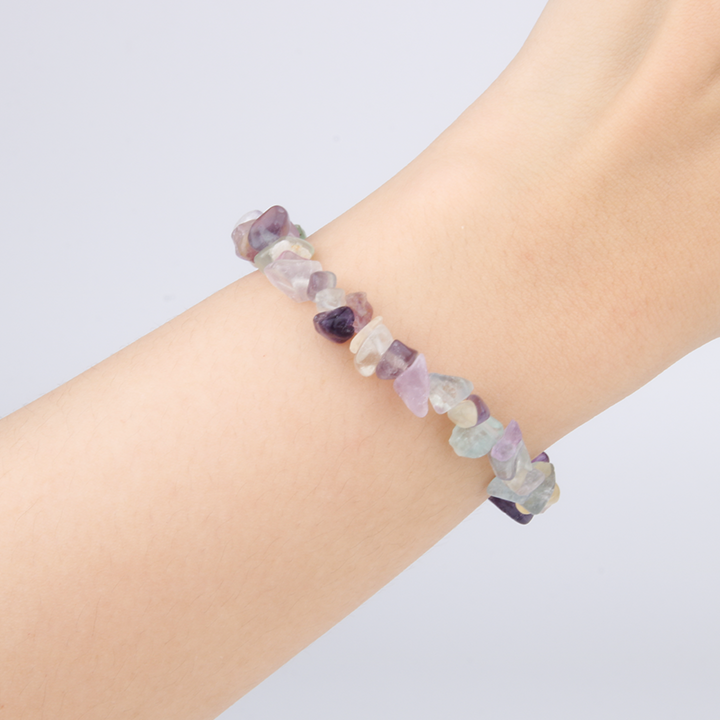
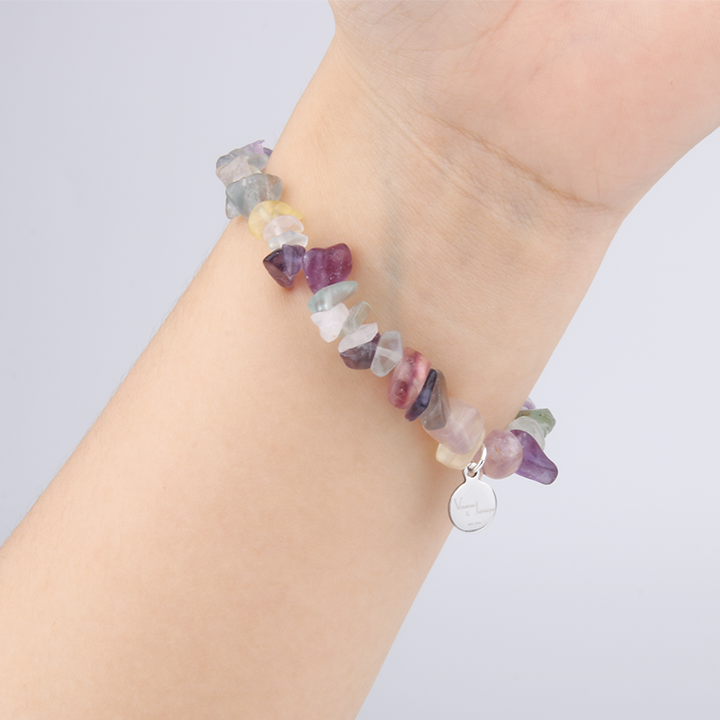
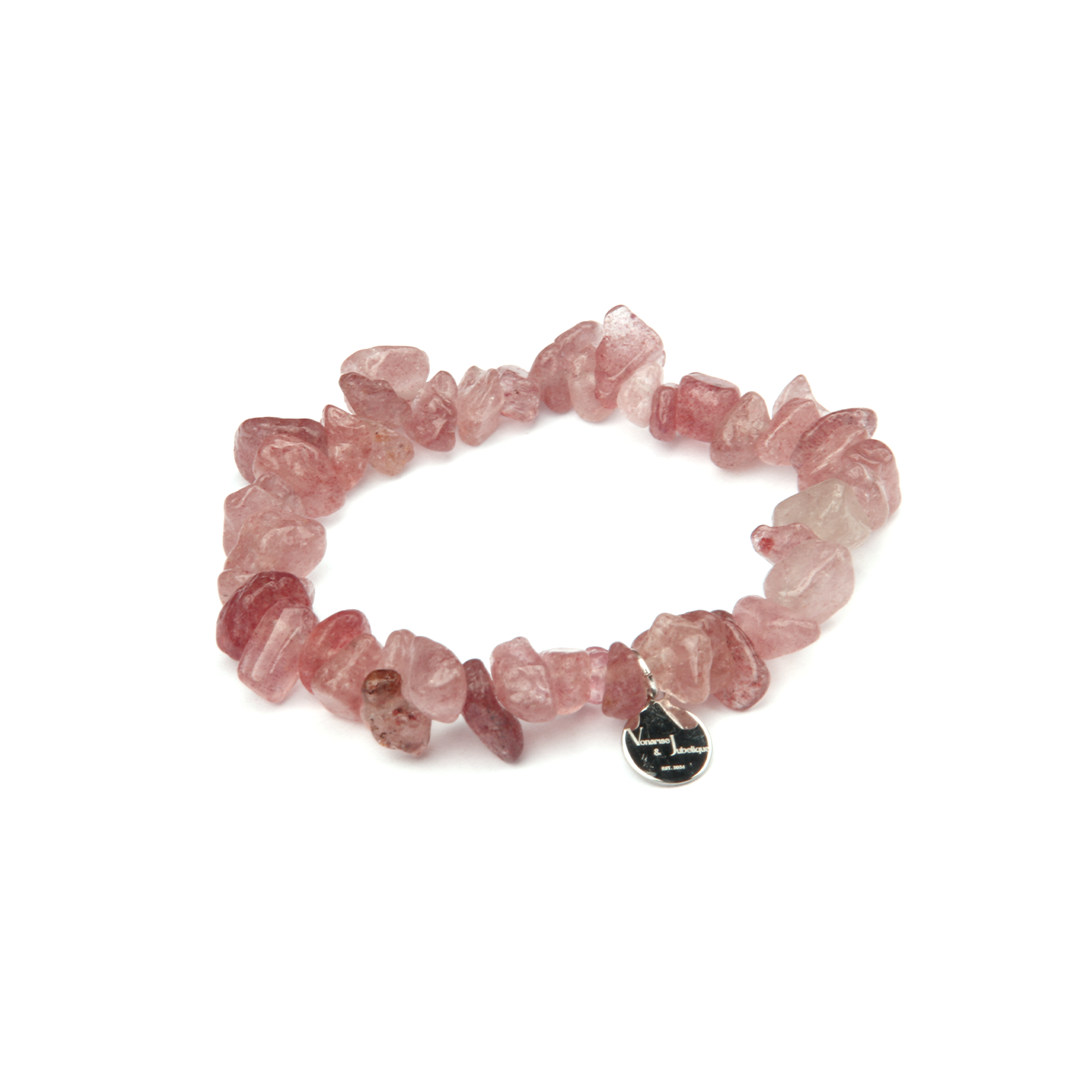
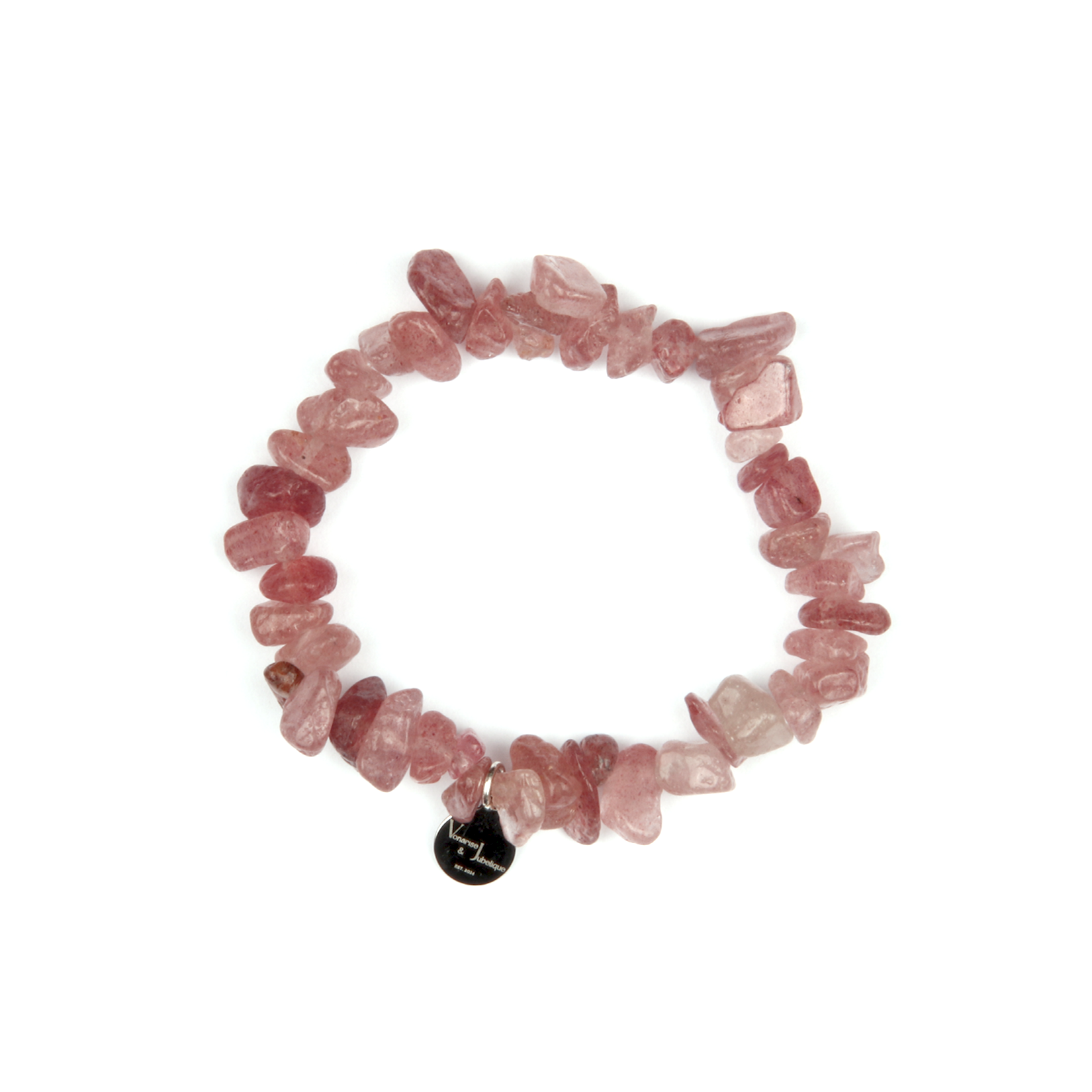
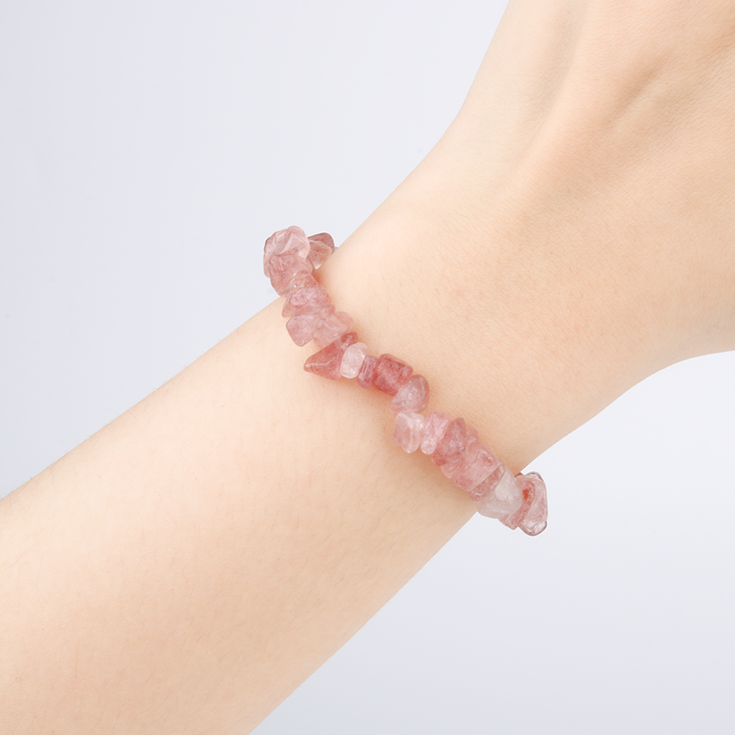
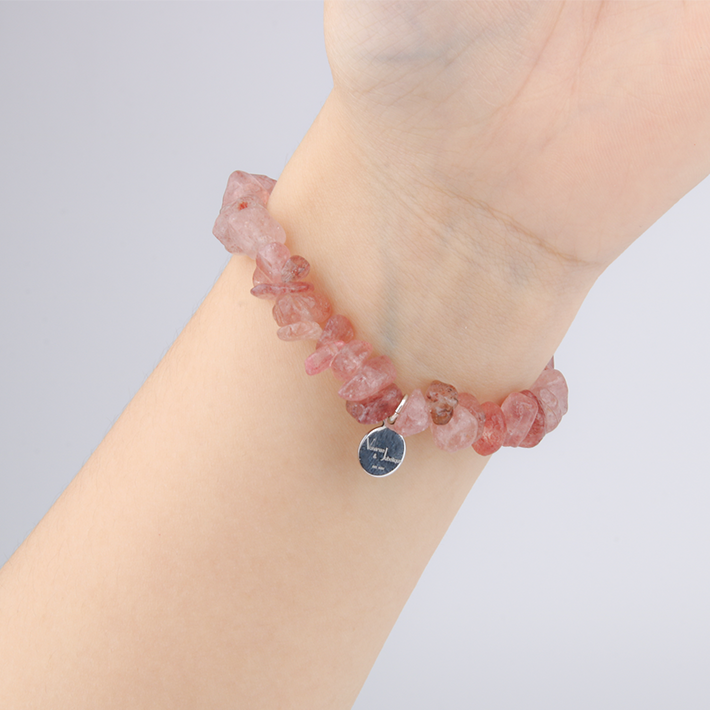
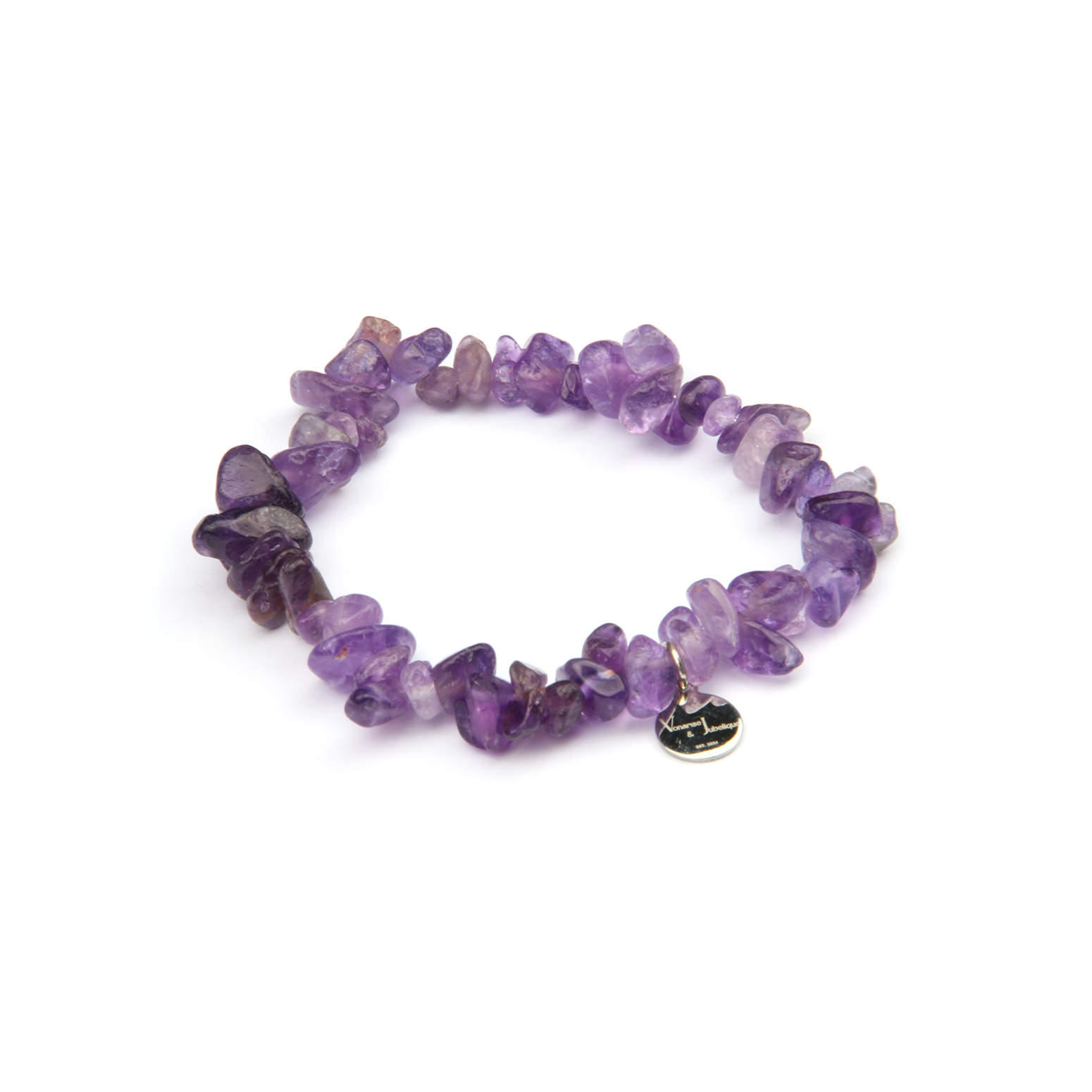
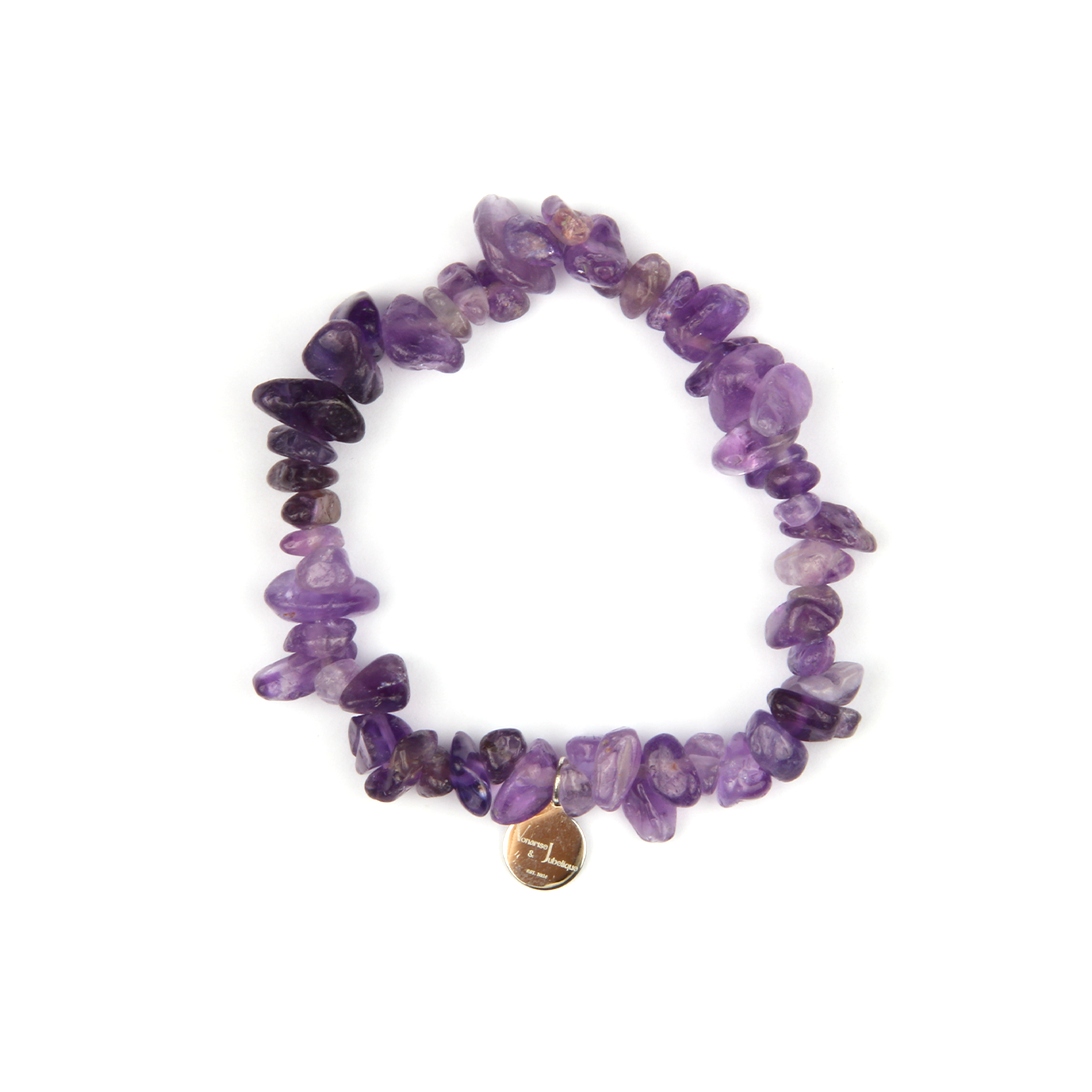
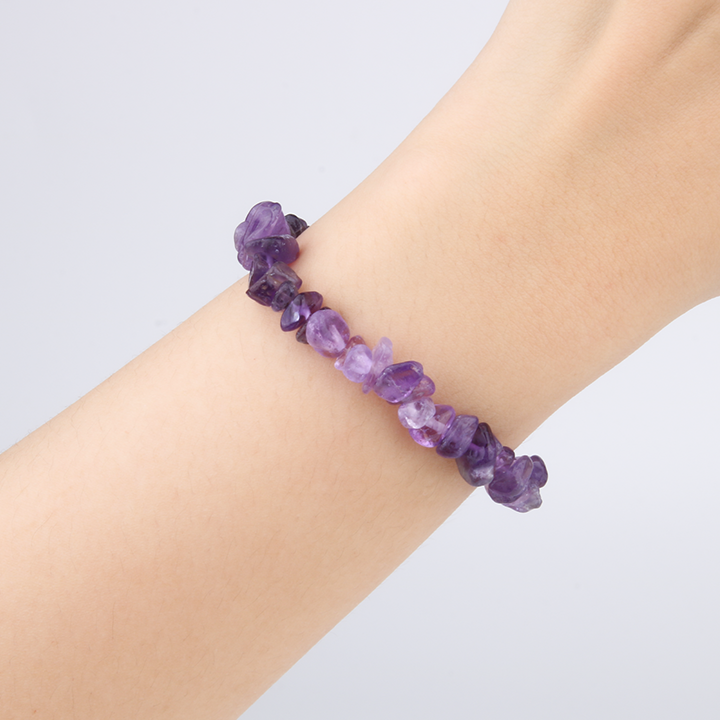
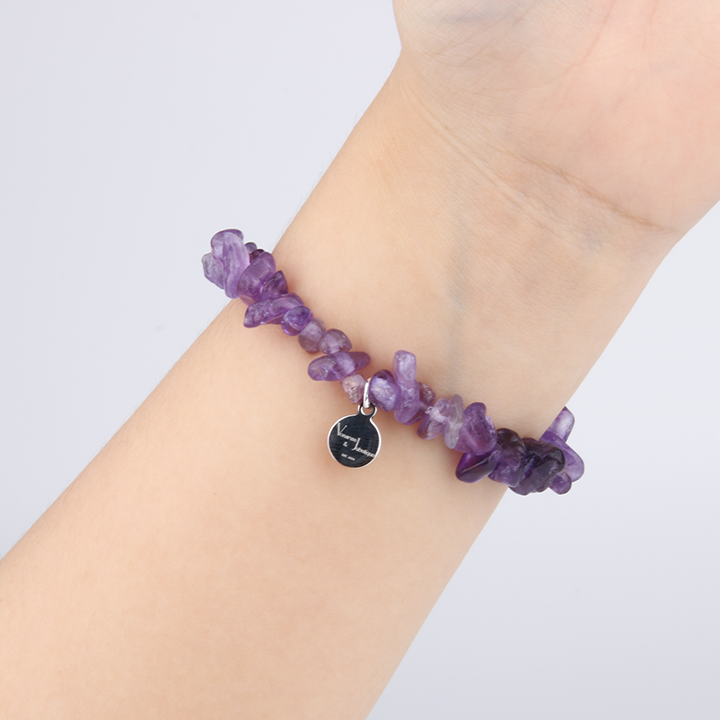
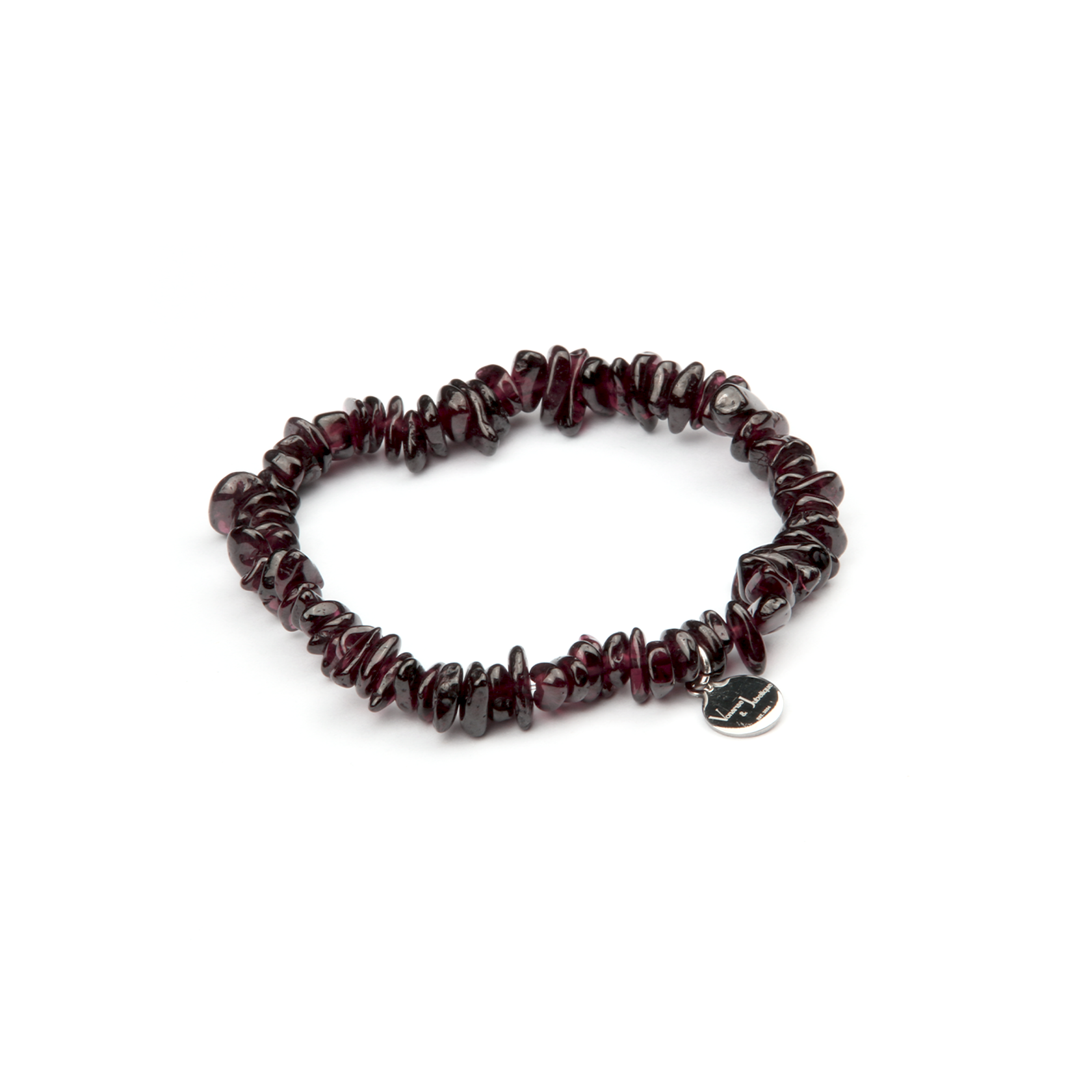
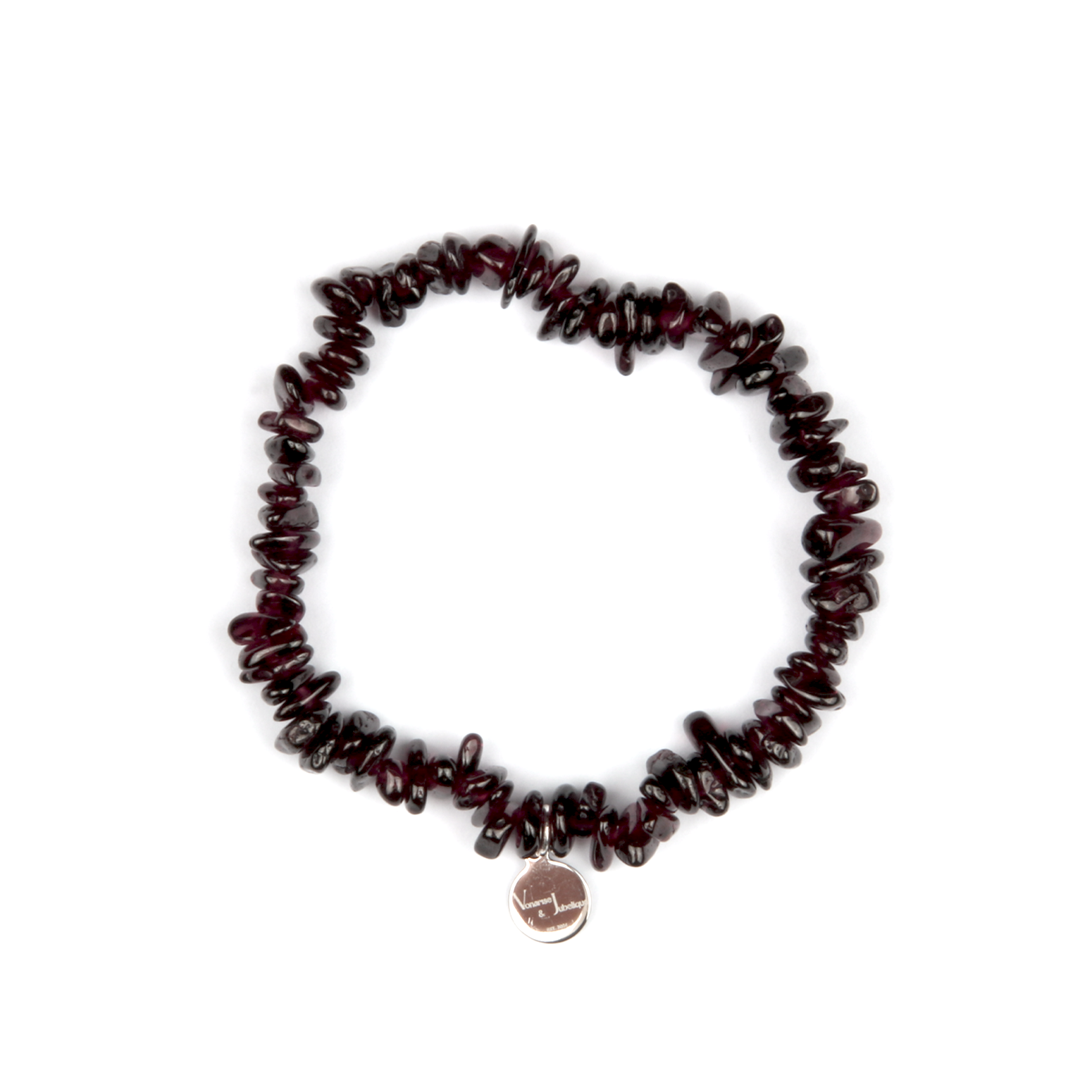
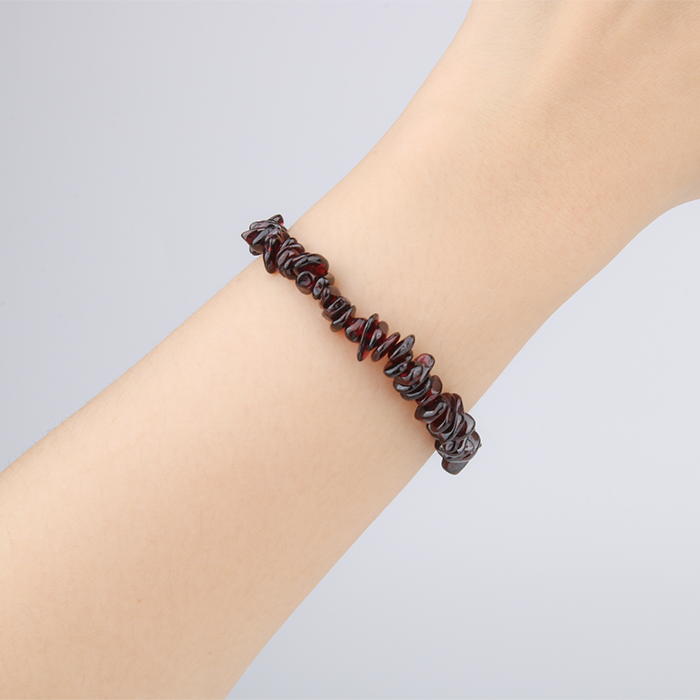
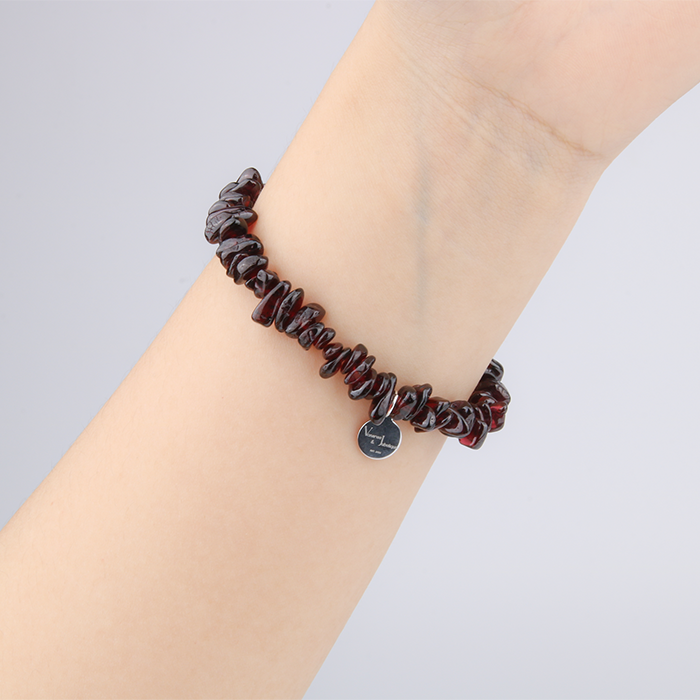
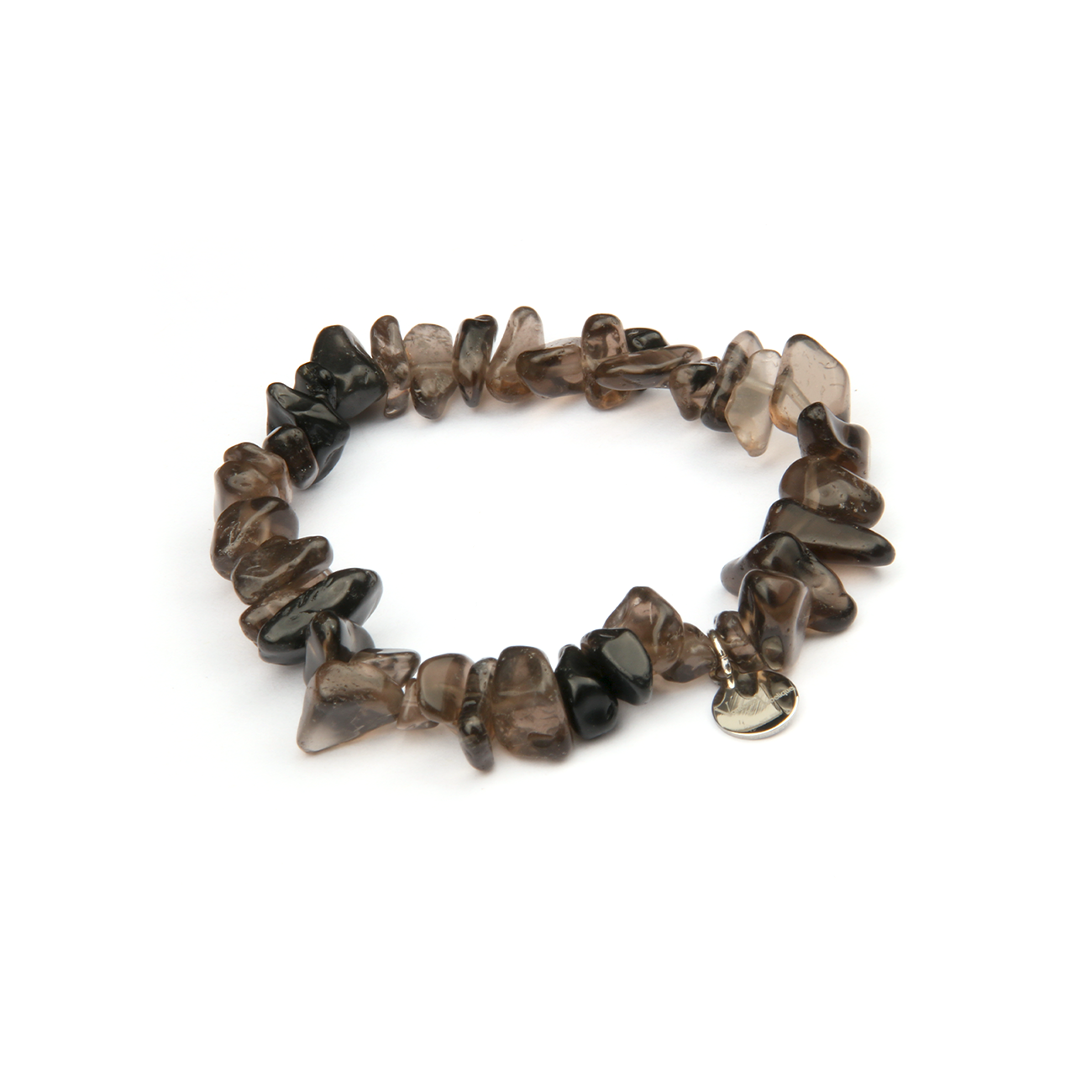
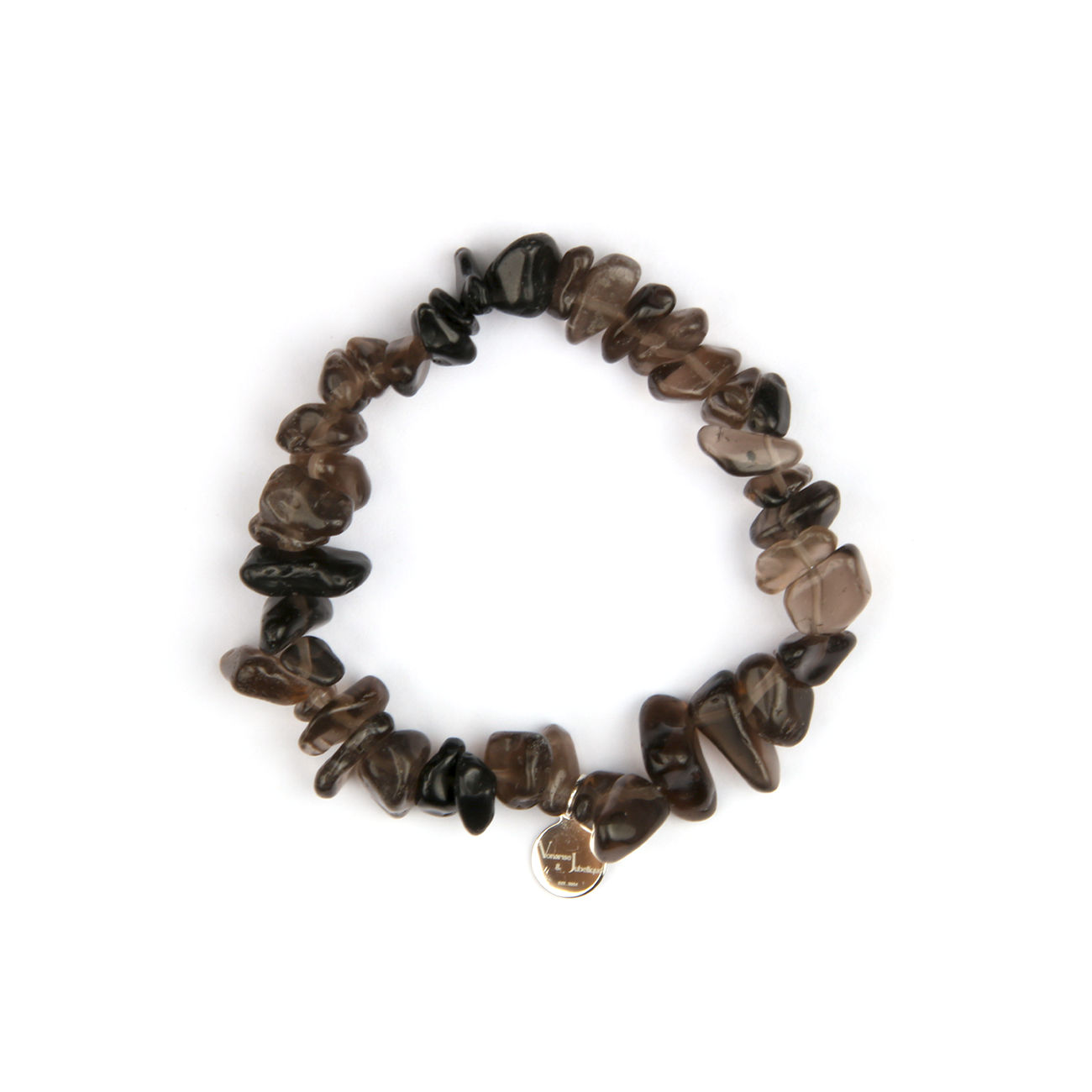
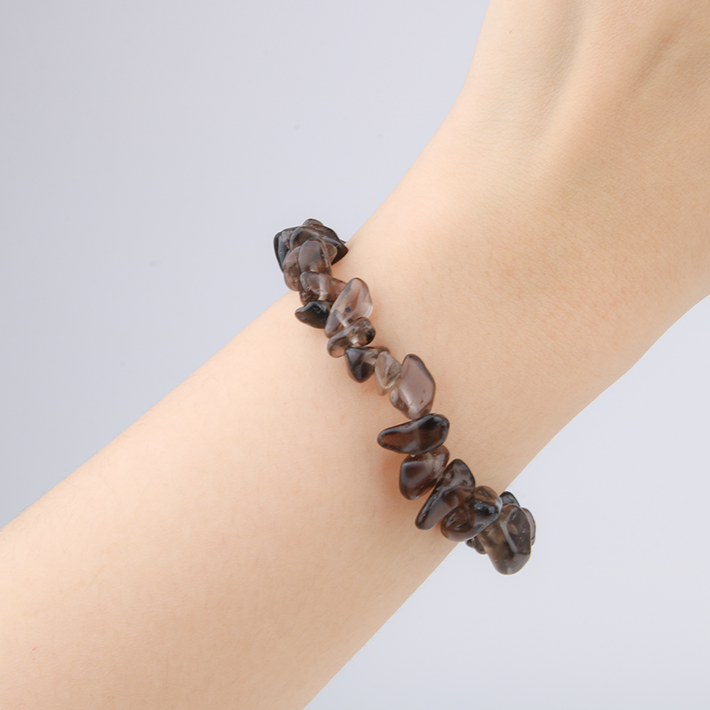
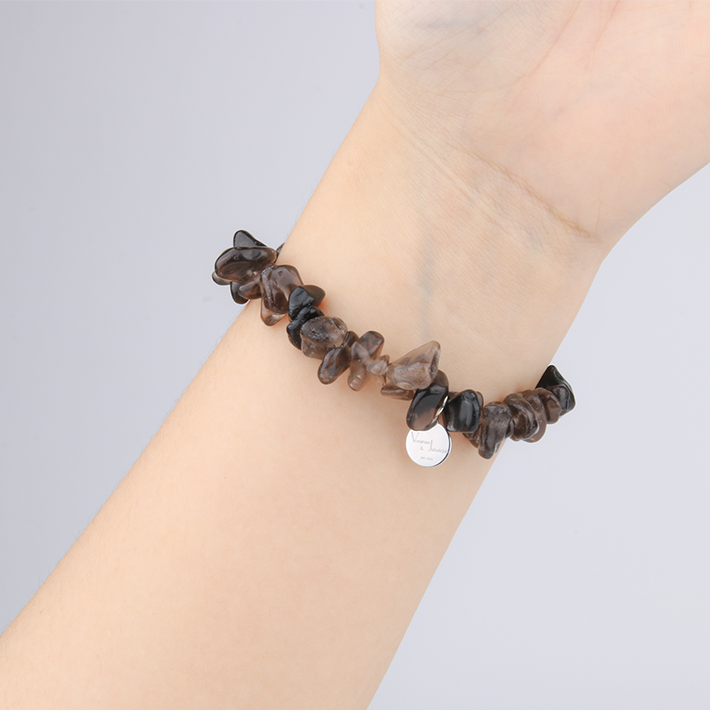
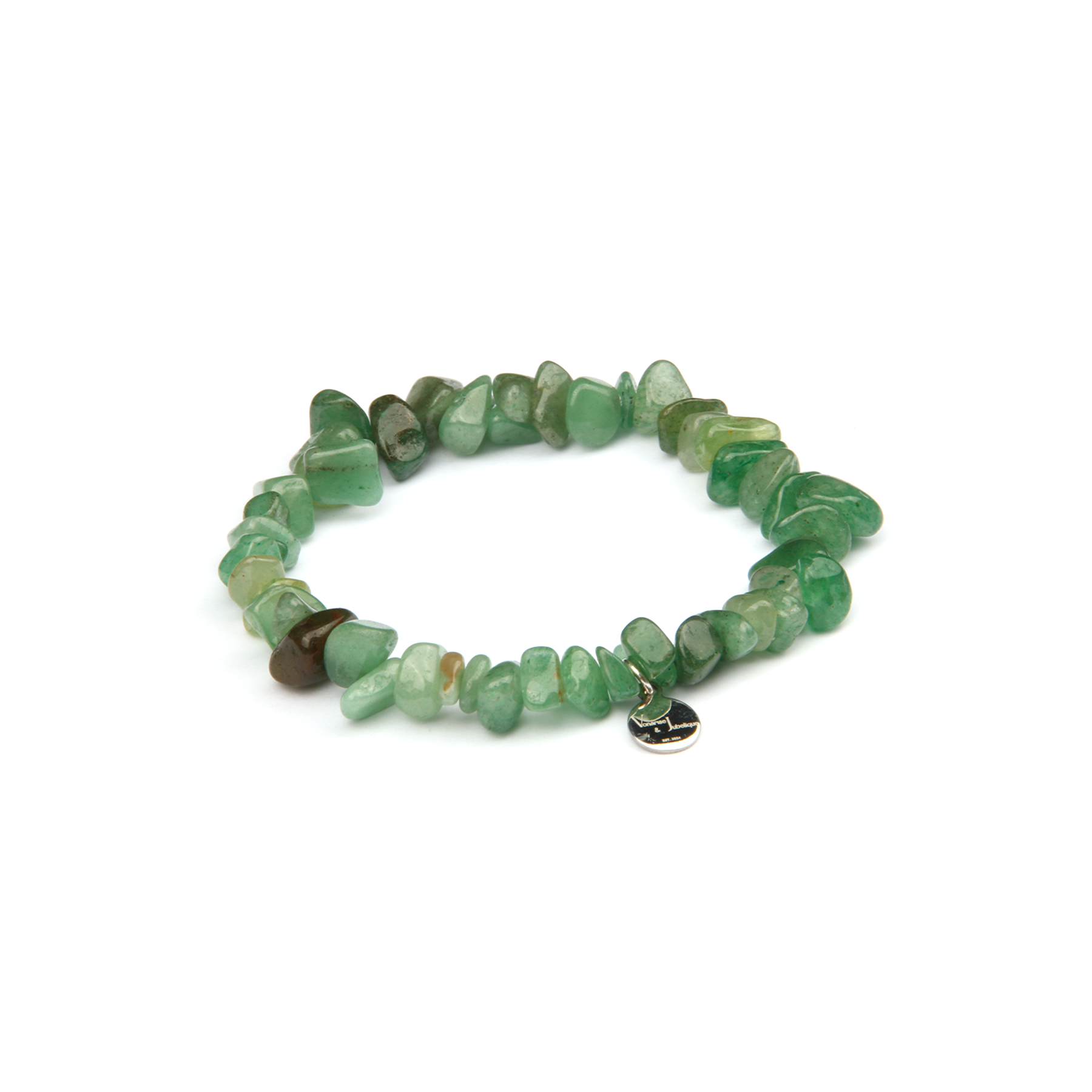
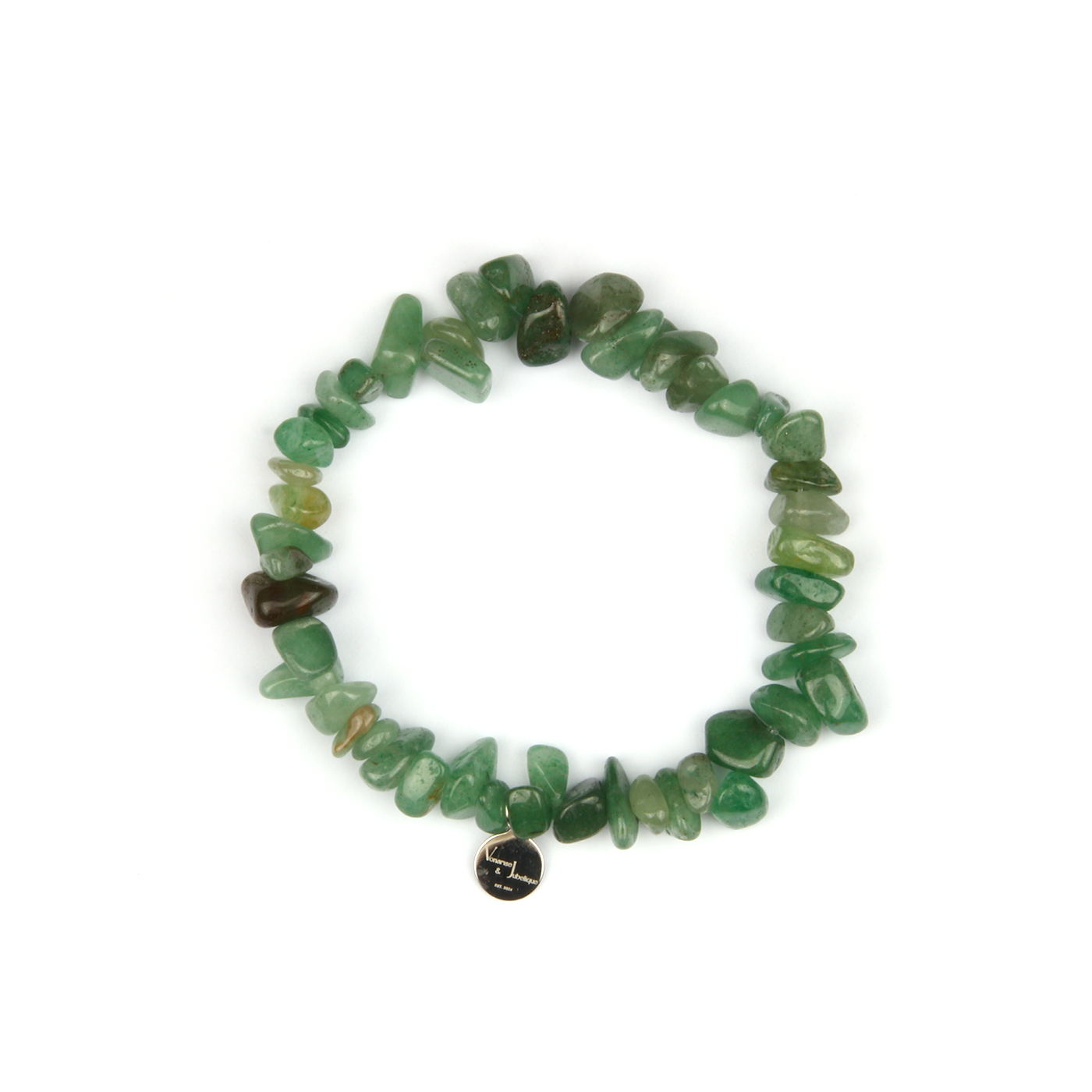
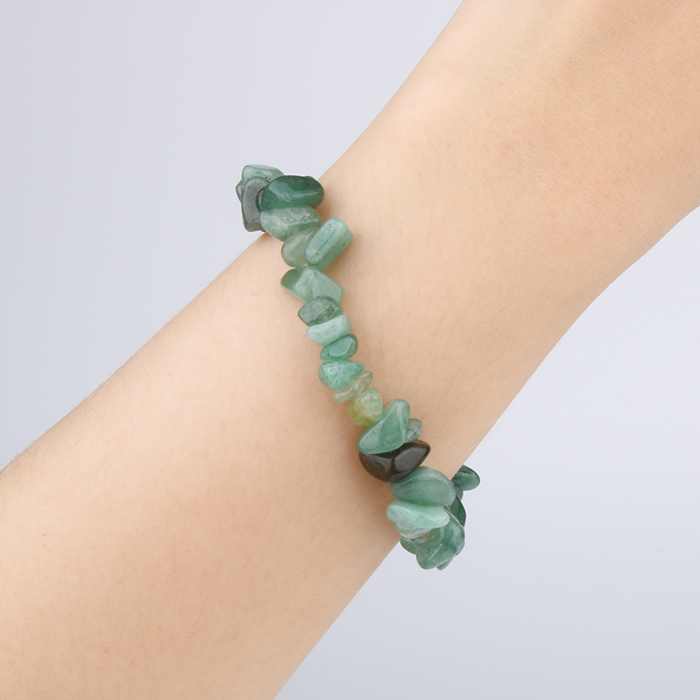
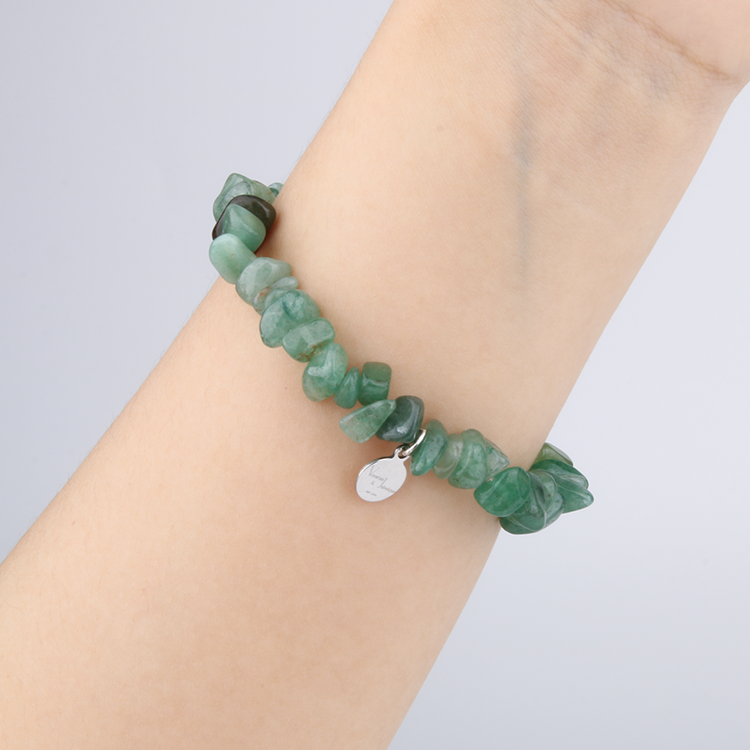
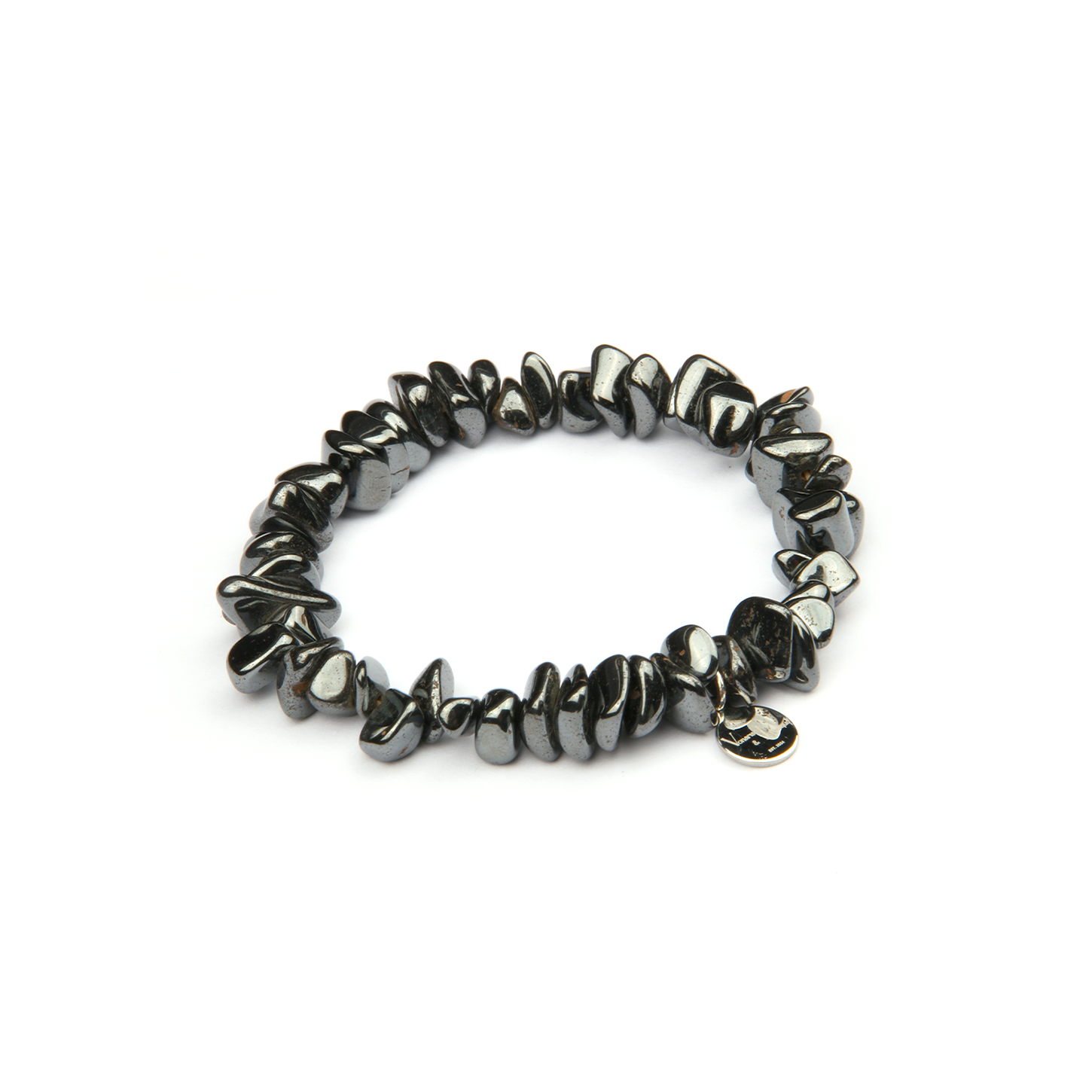
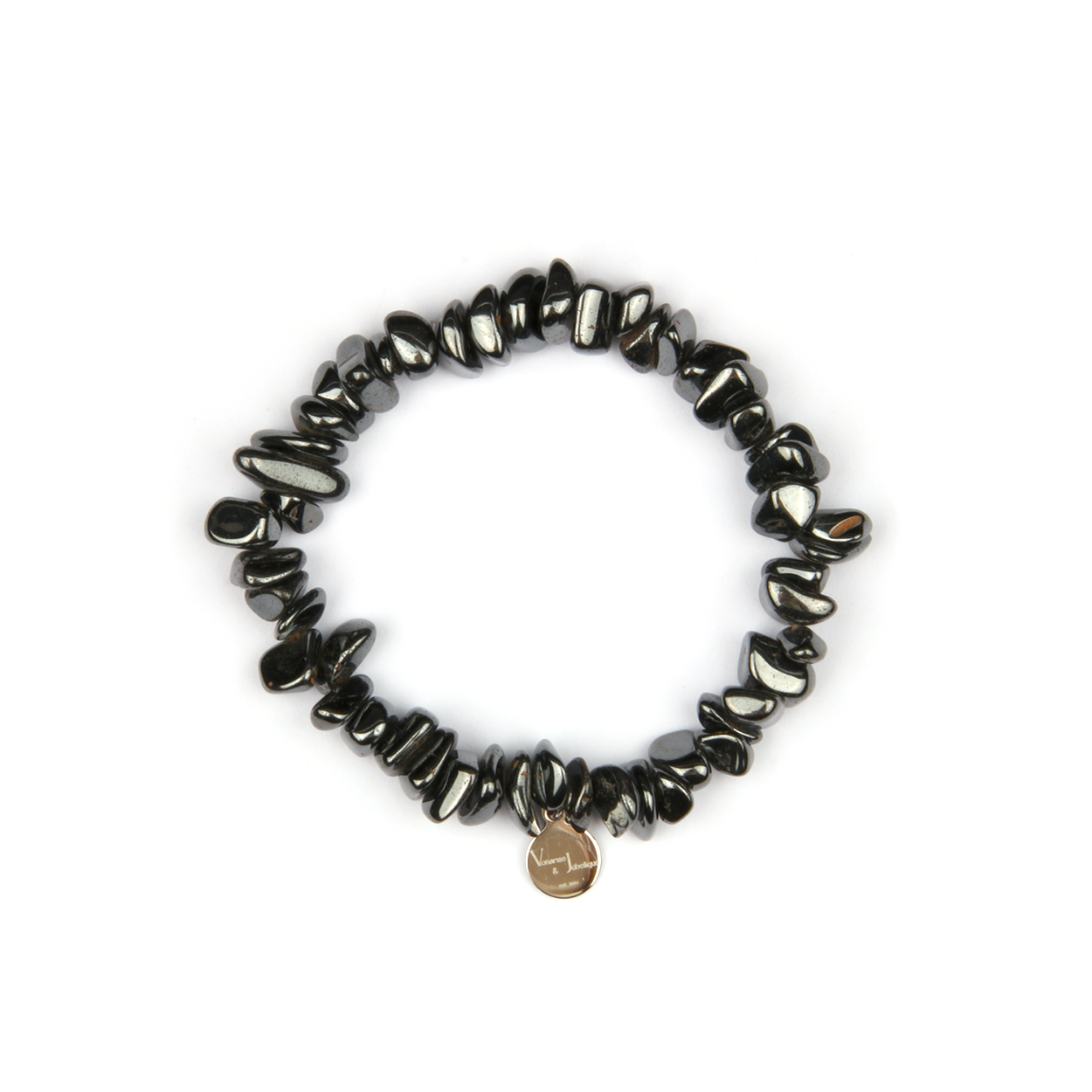
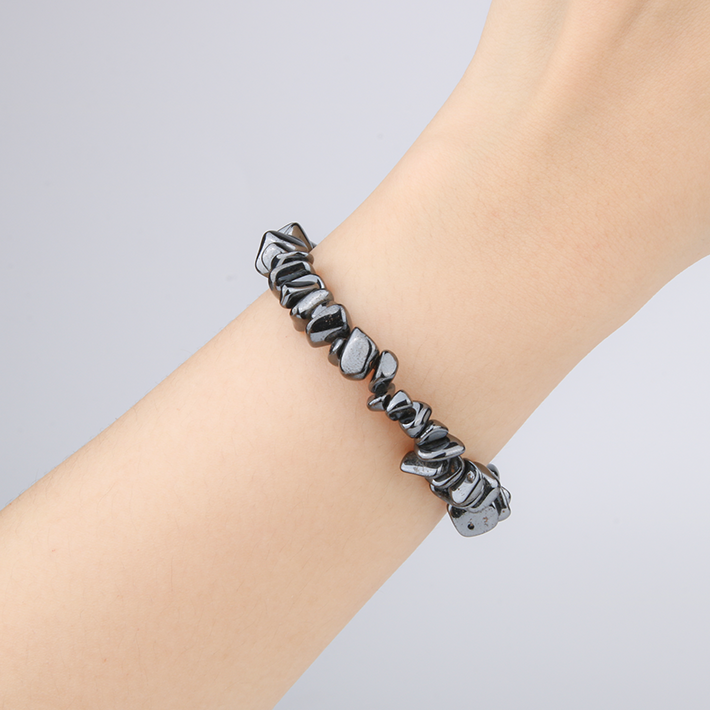
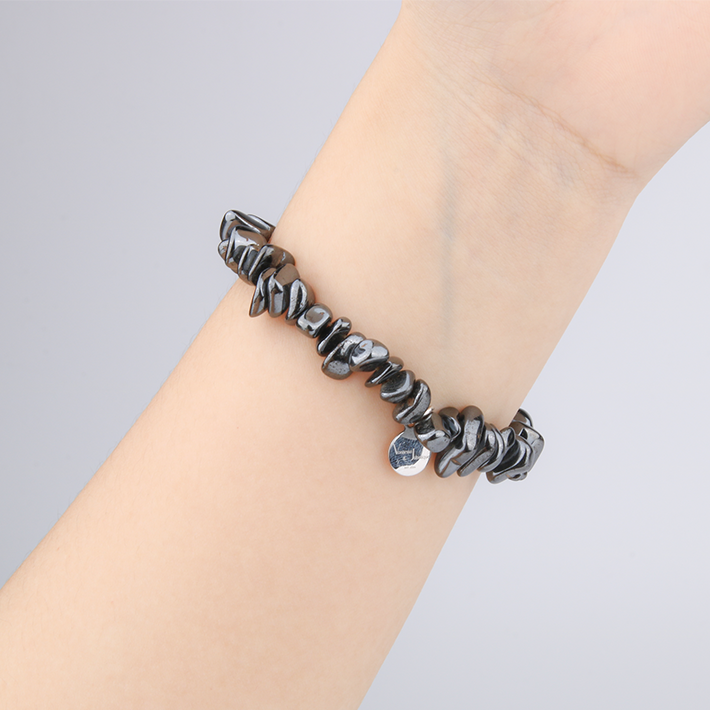
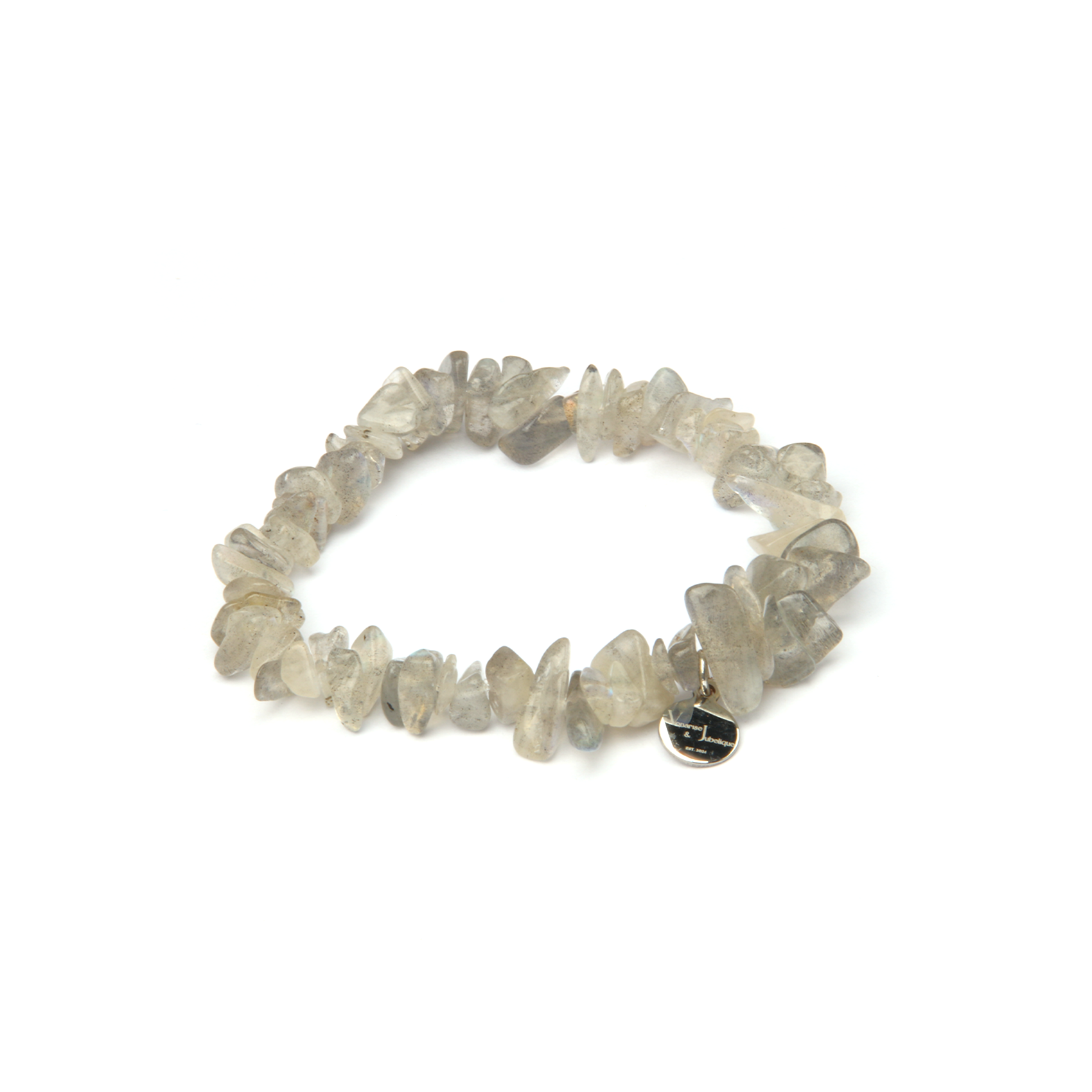
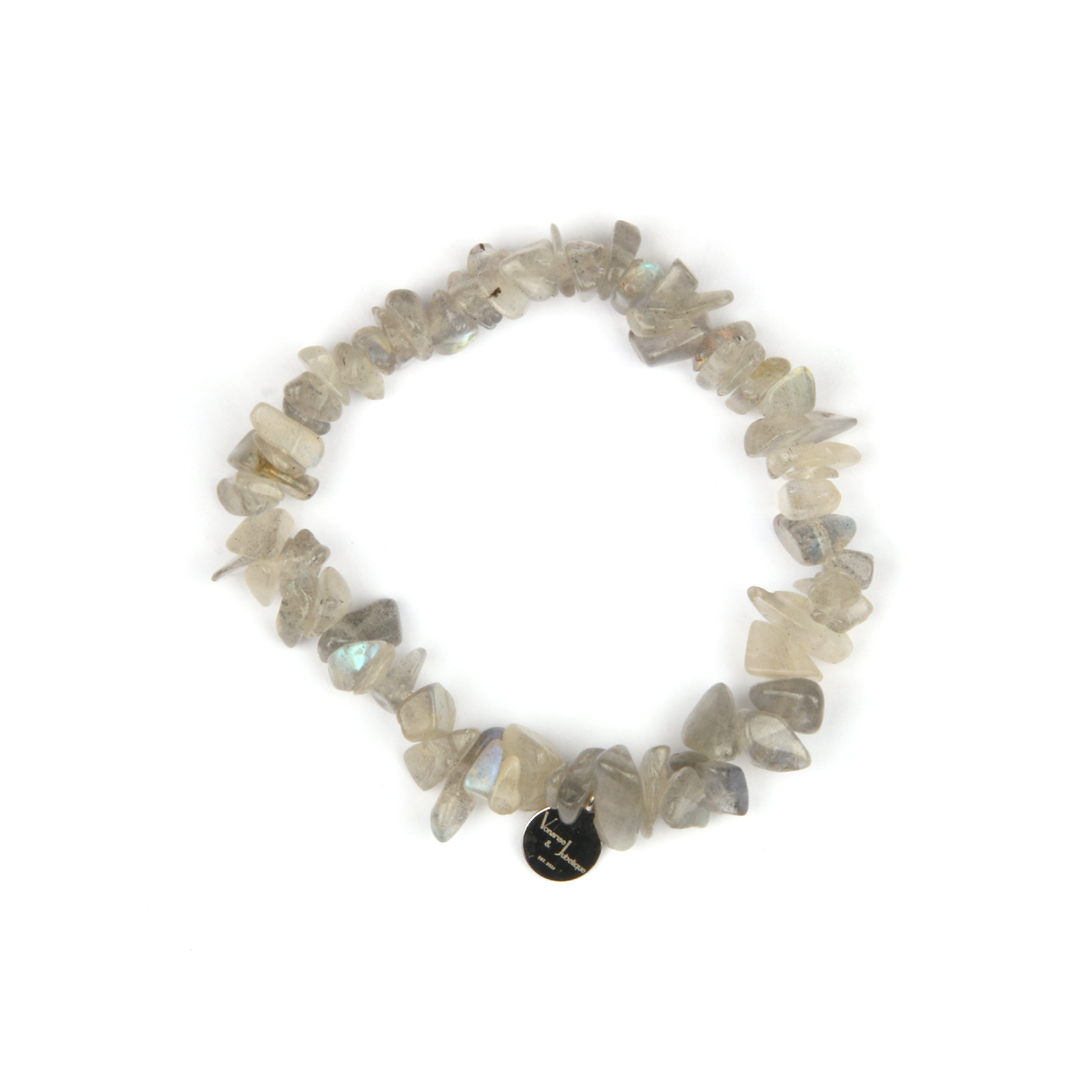
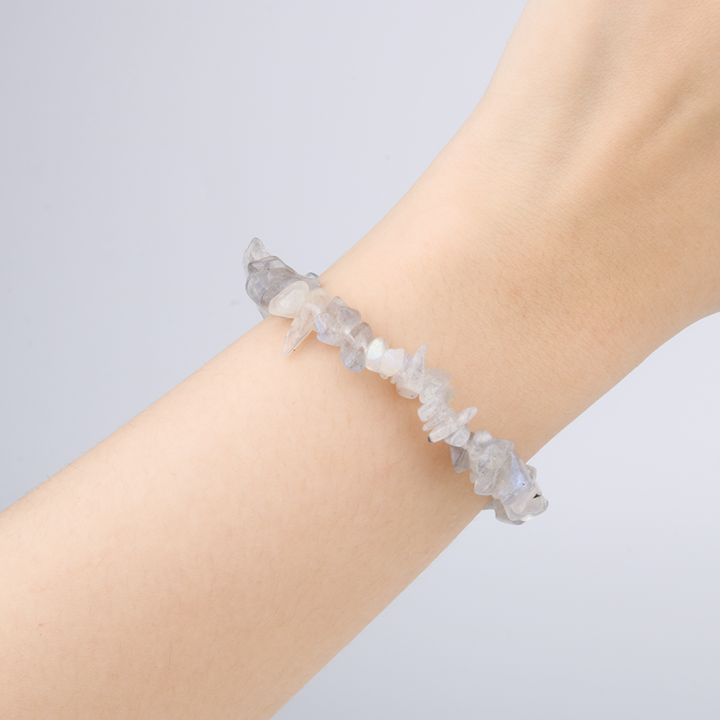
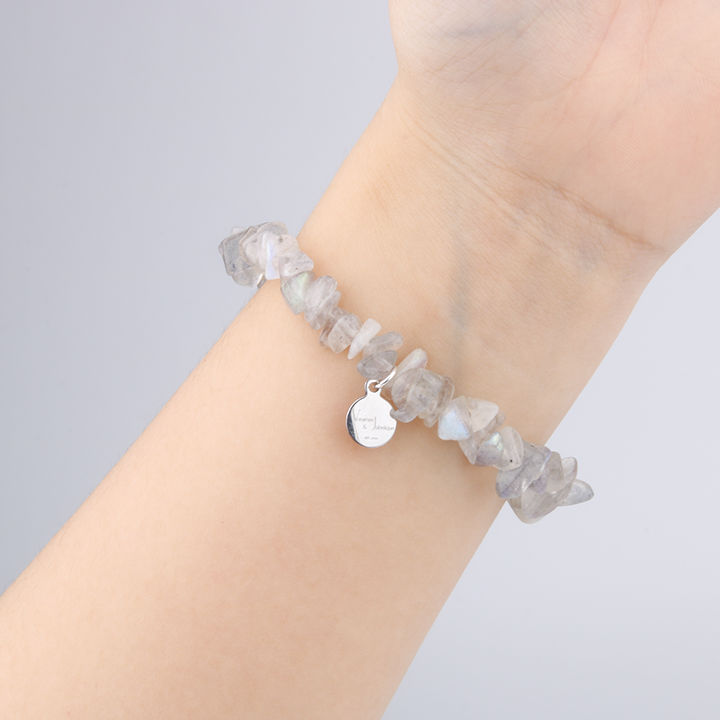
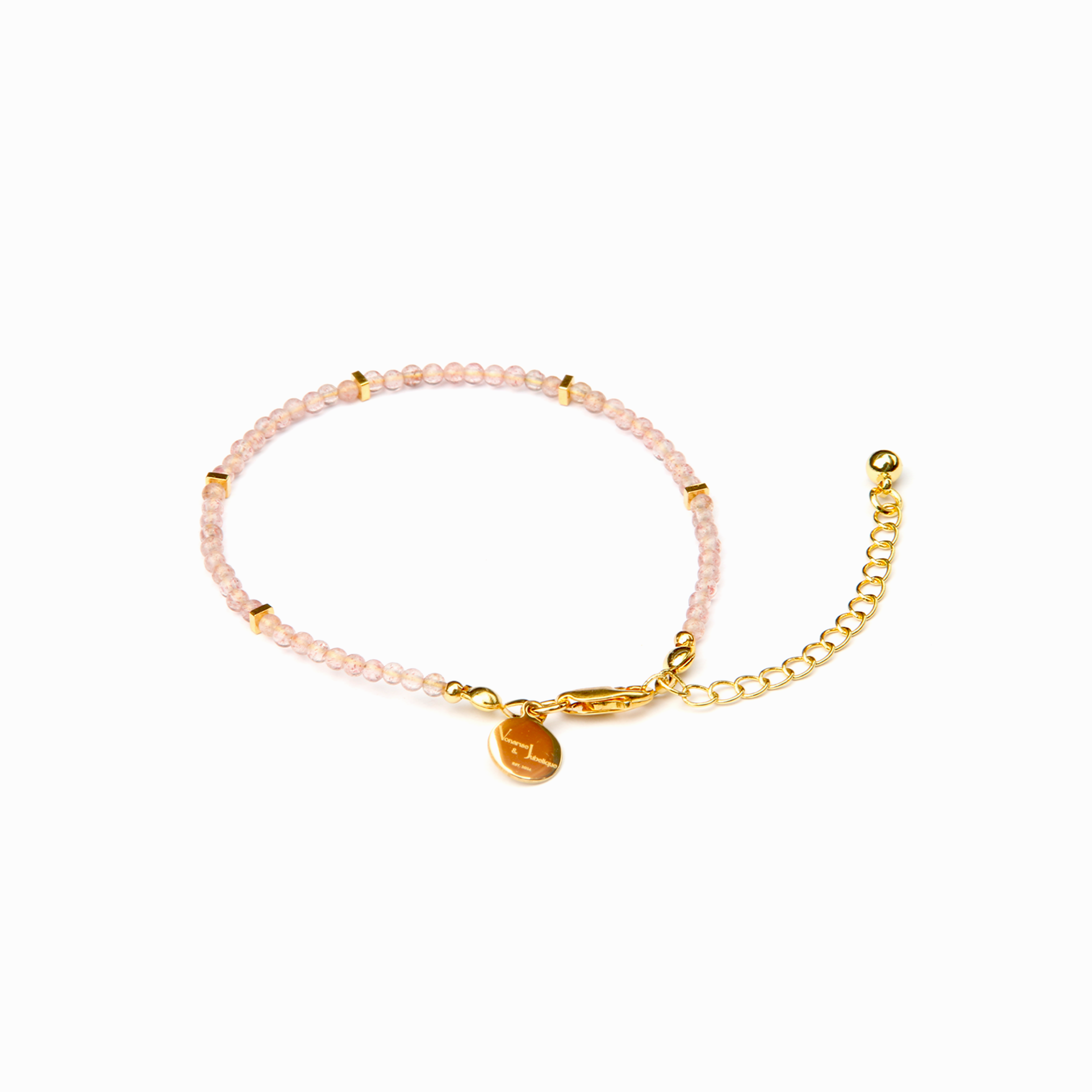
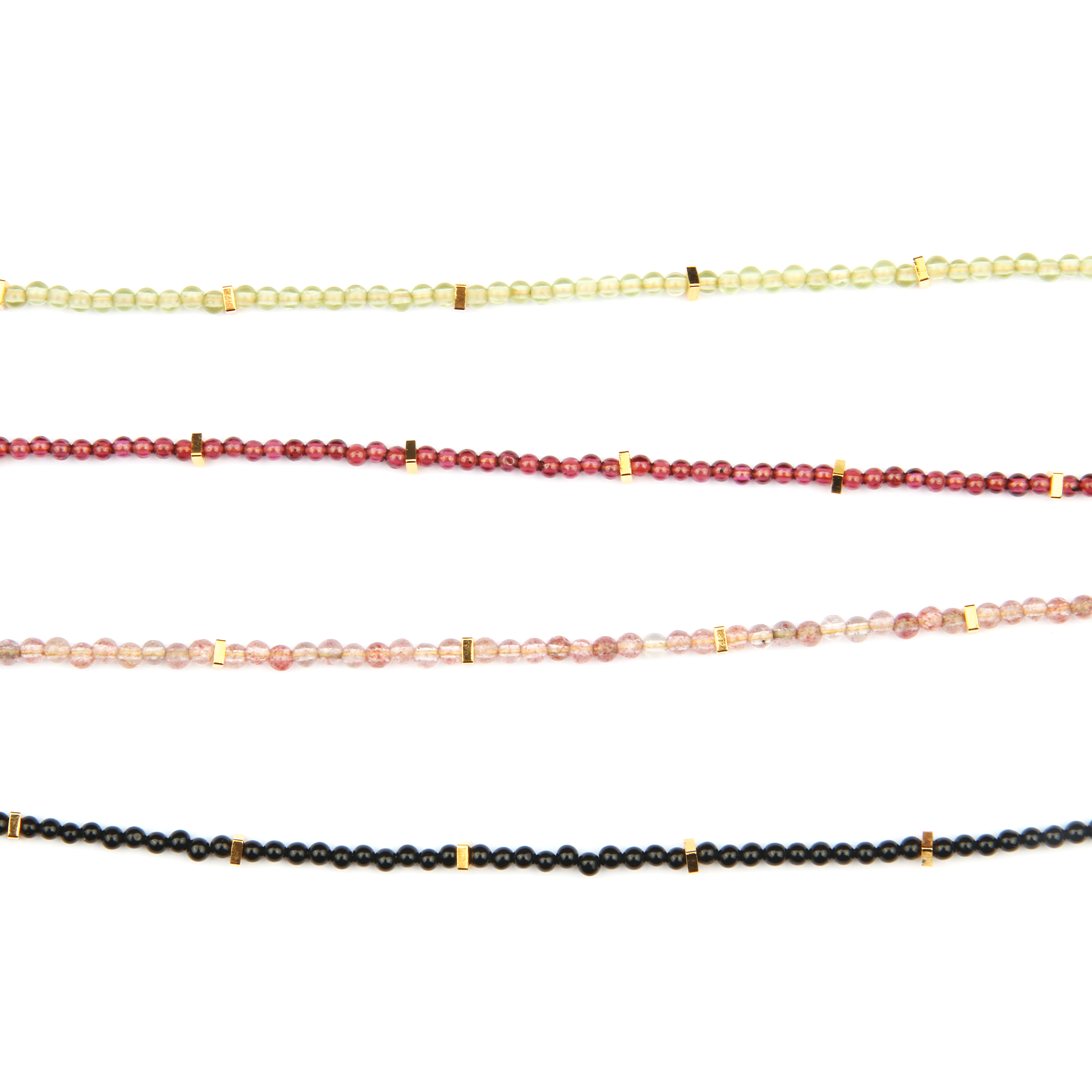
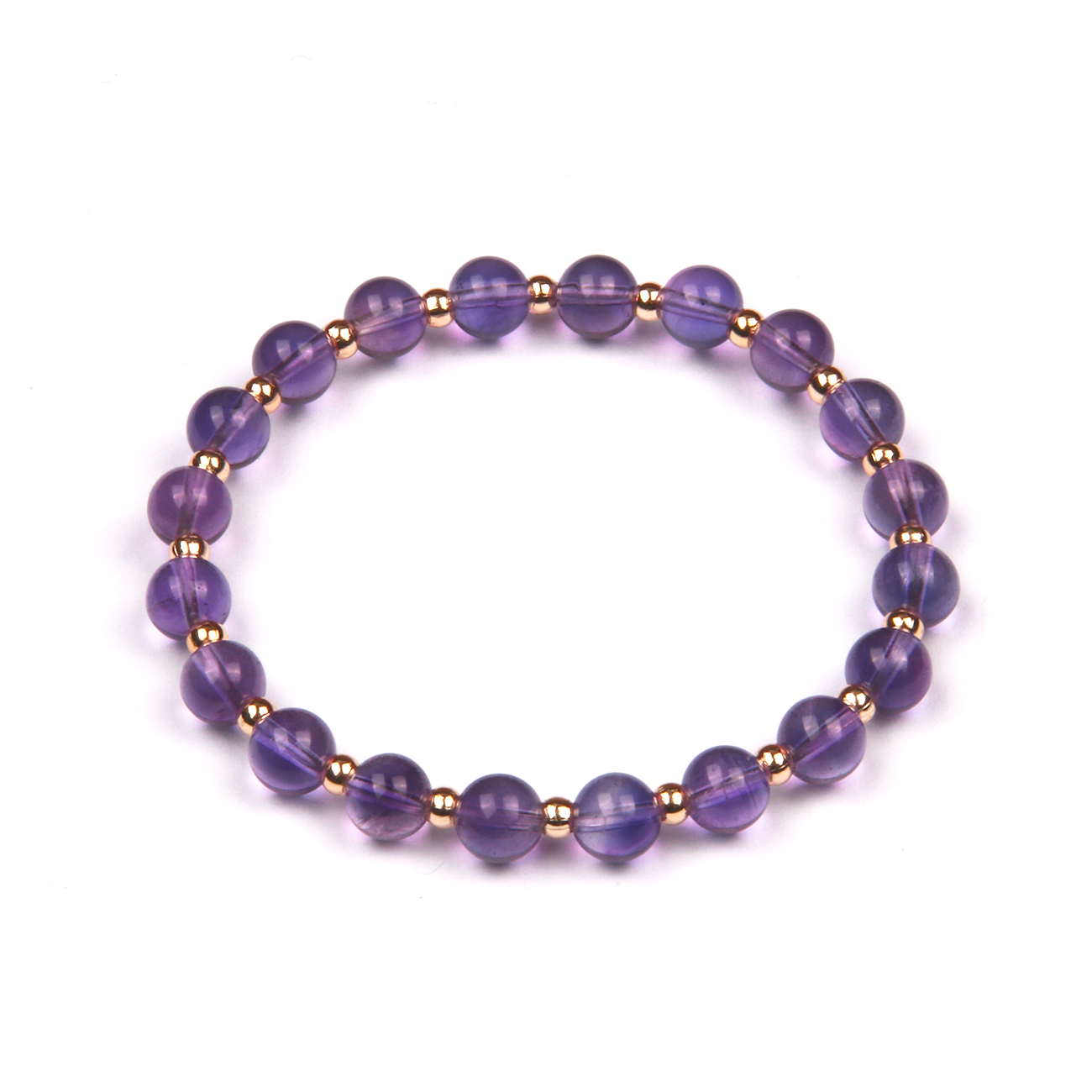
Share:
Red Jasper
Turquoise